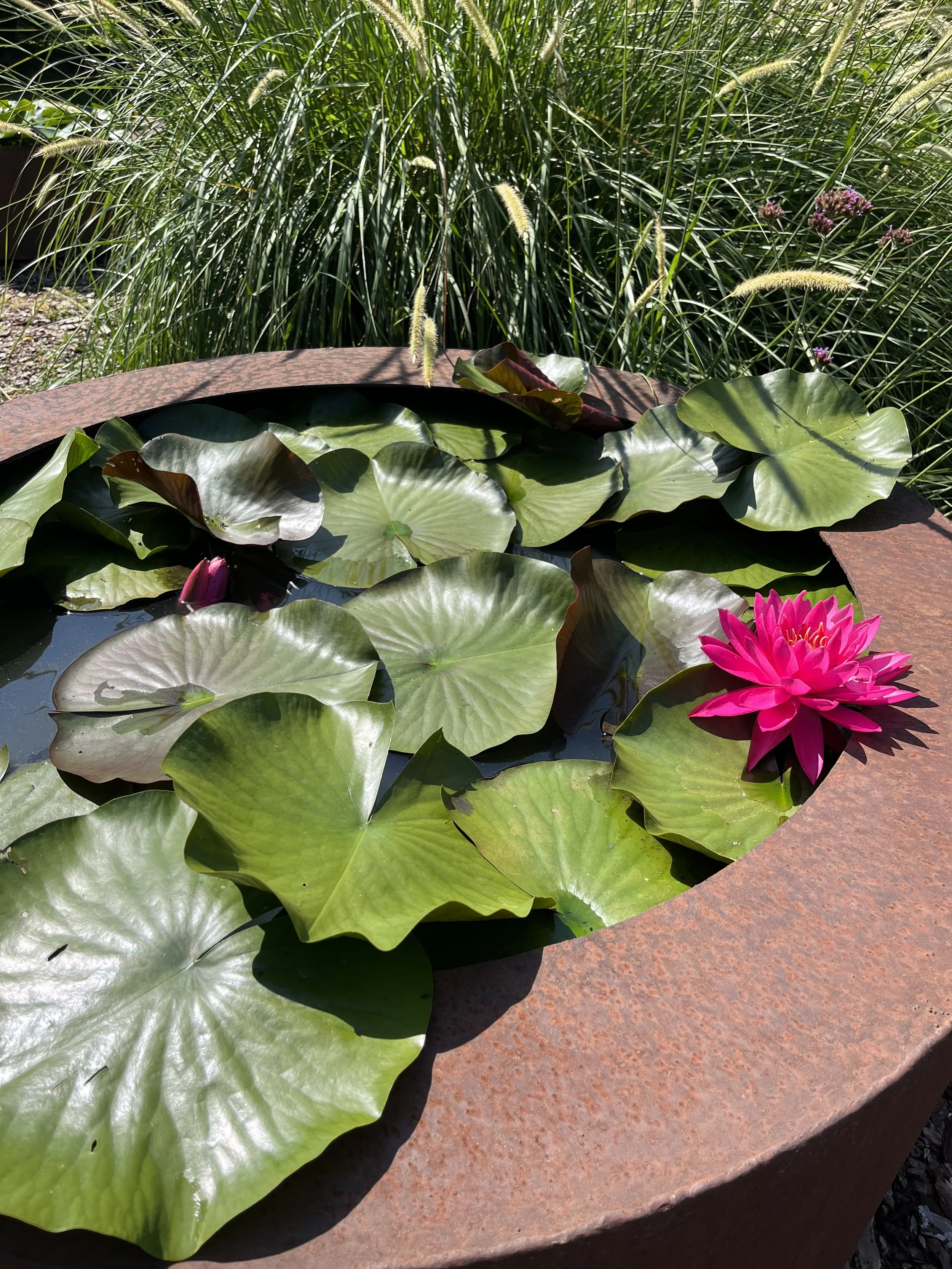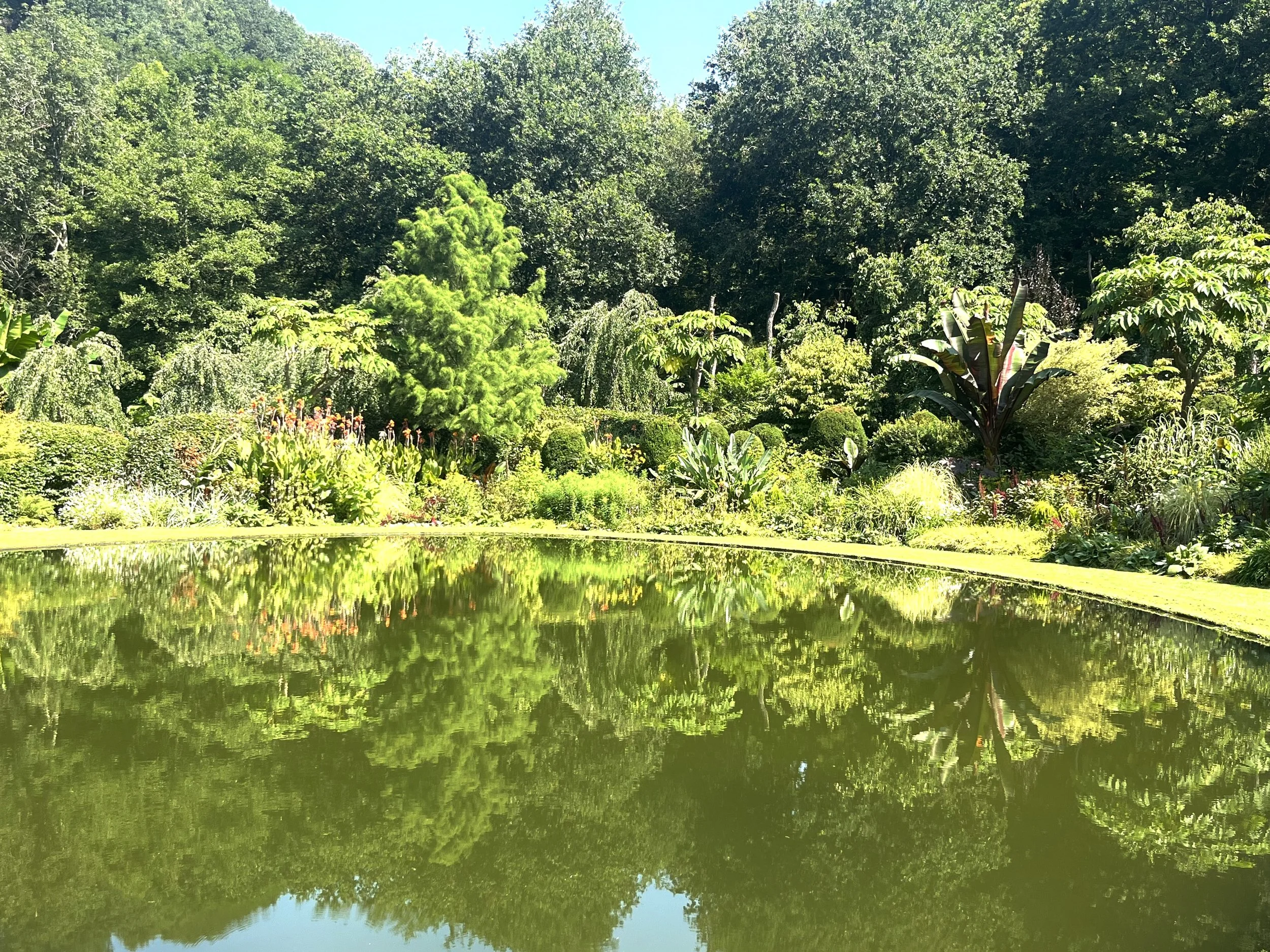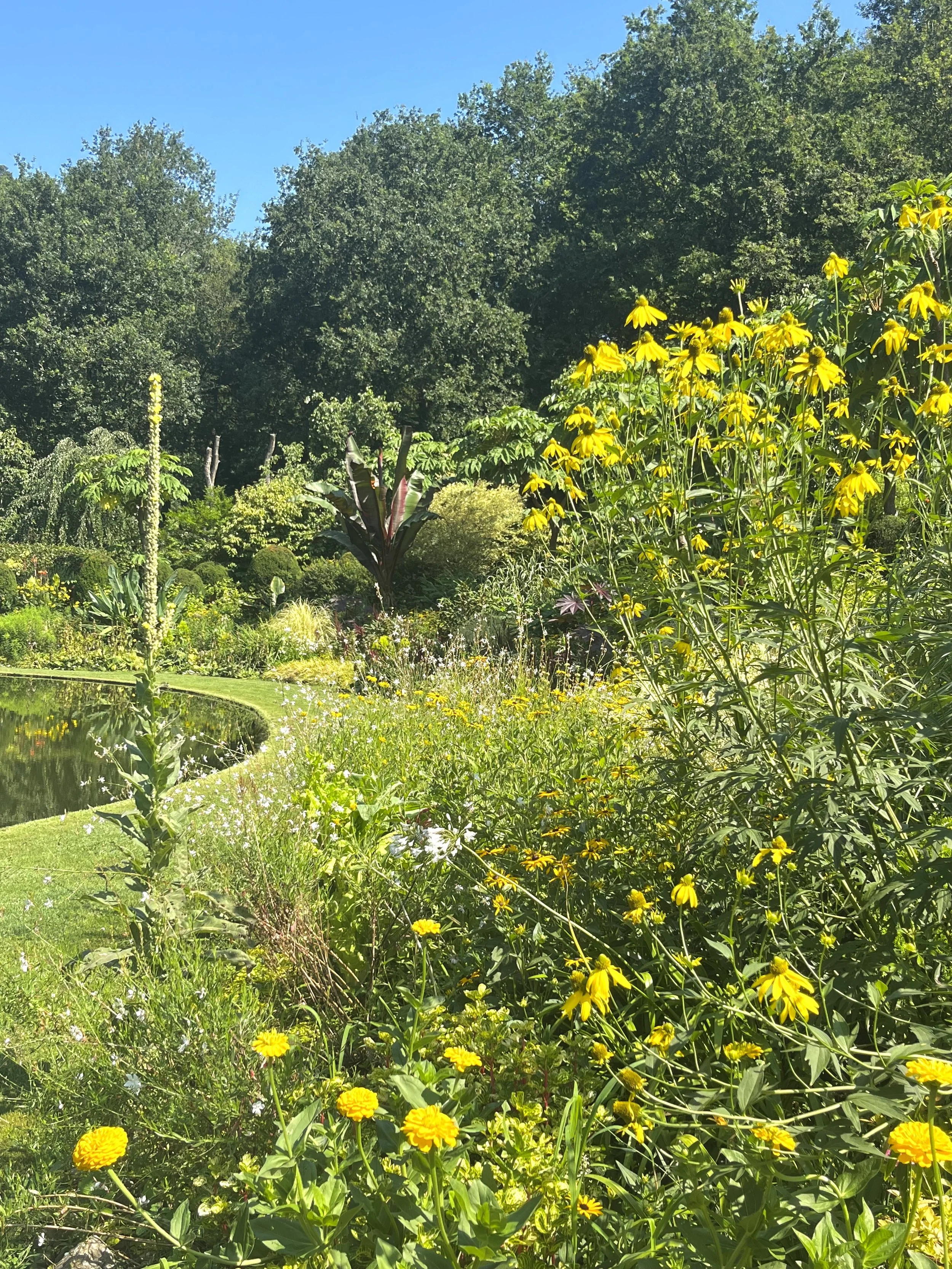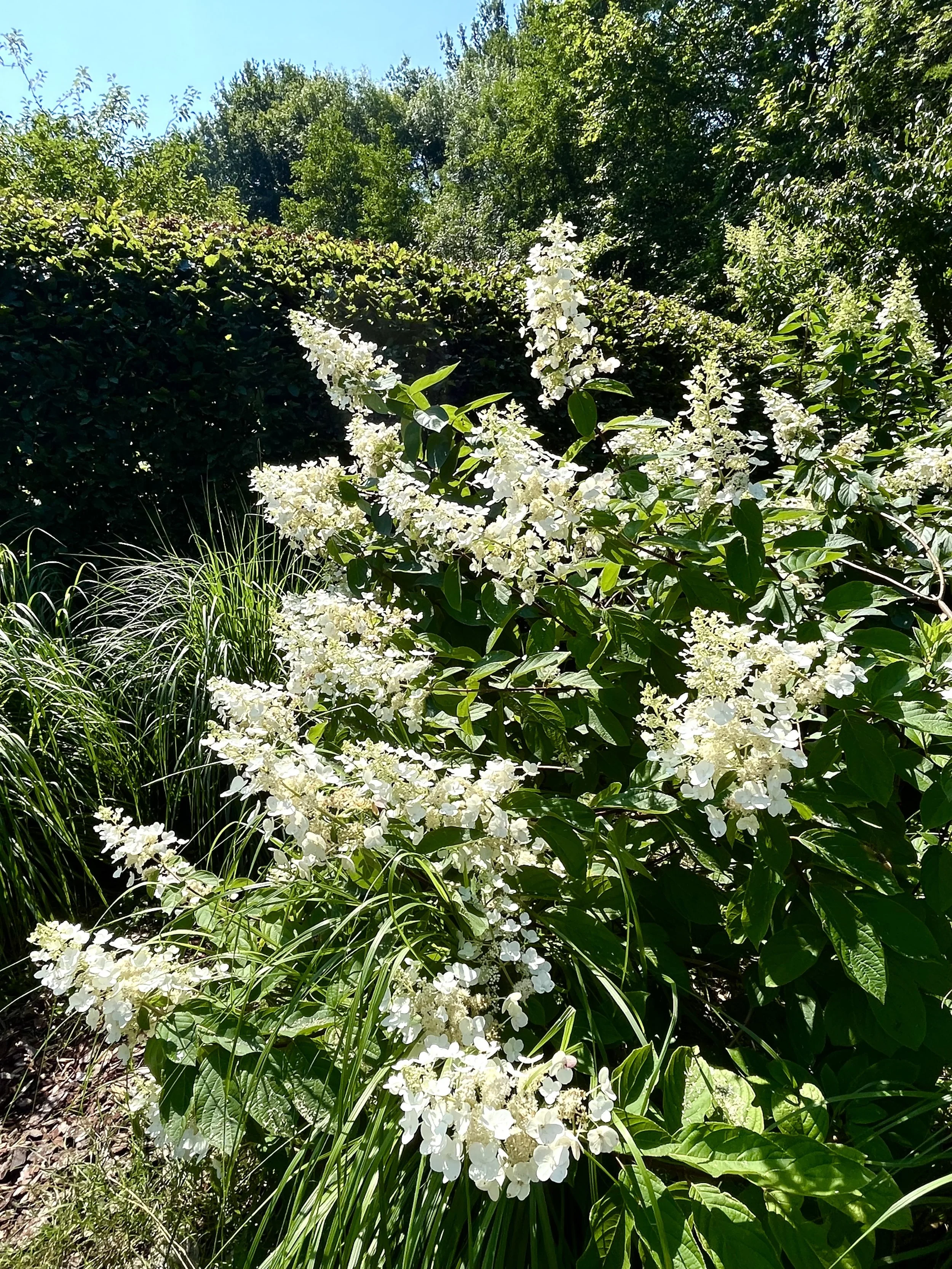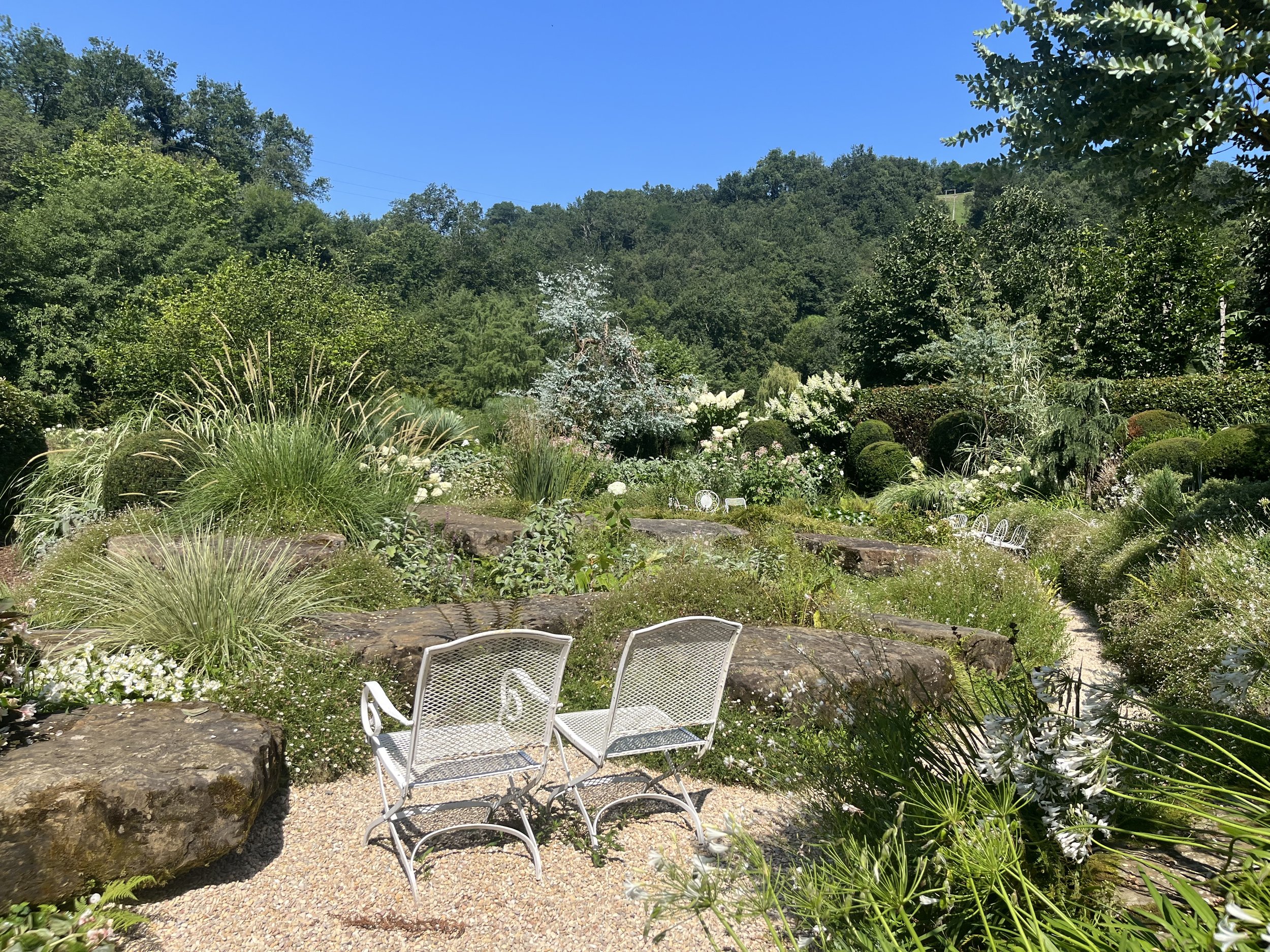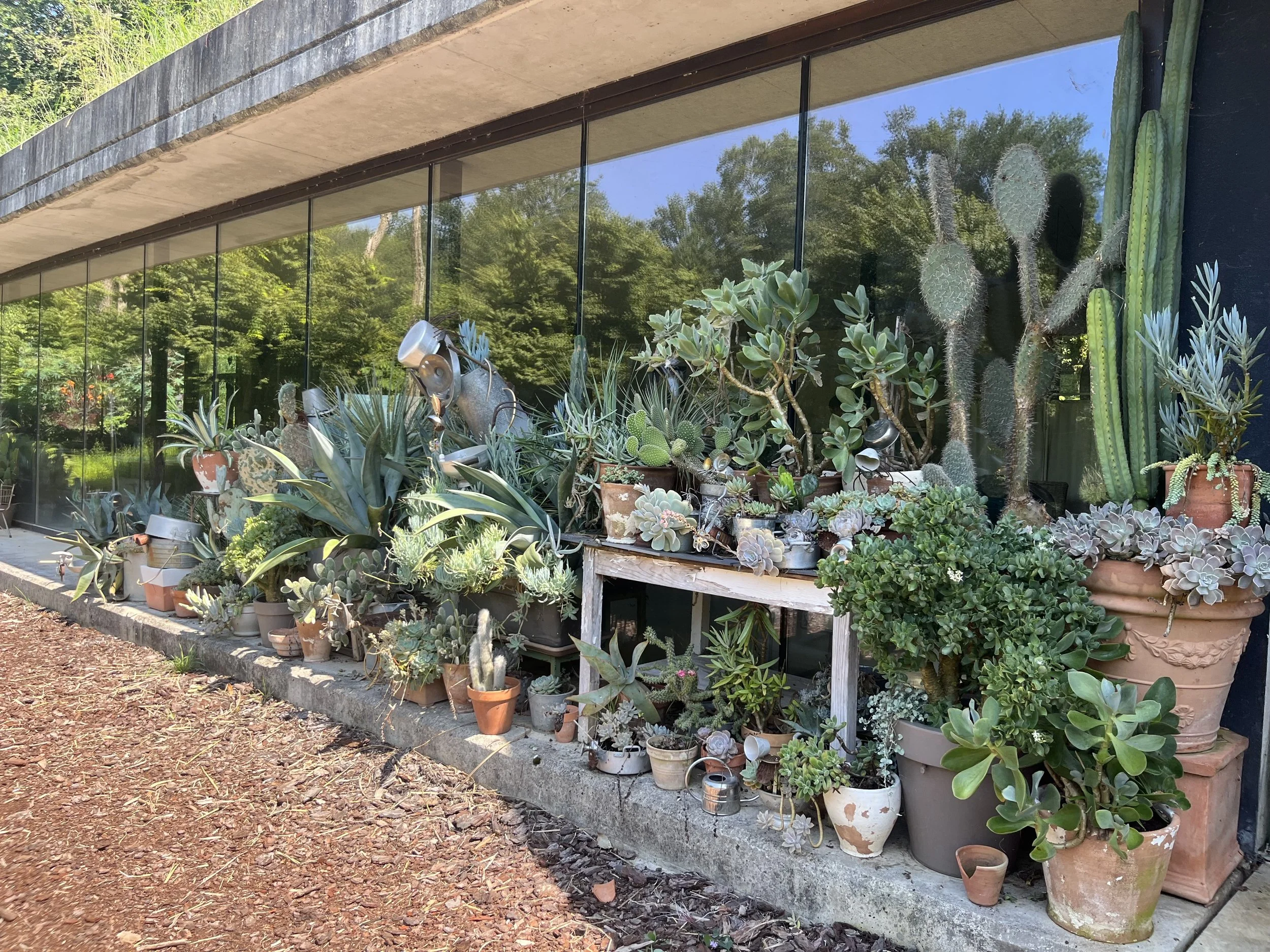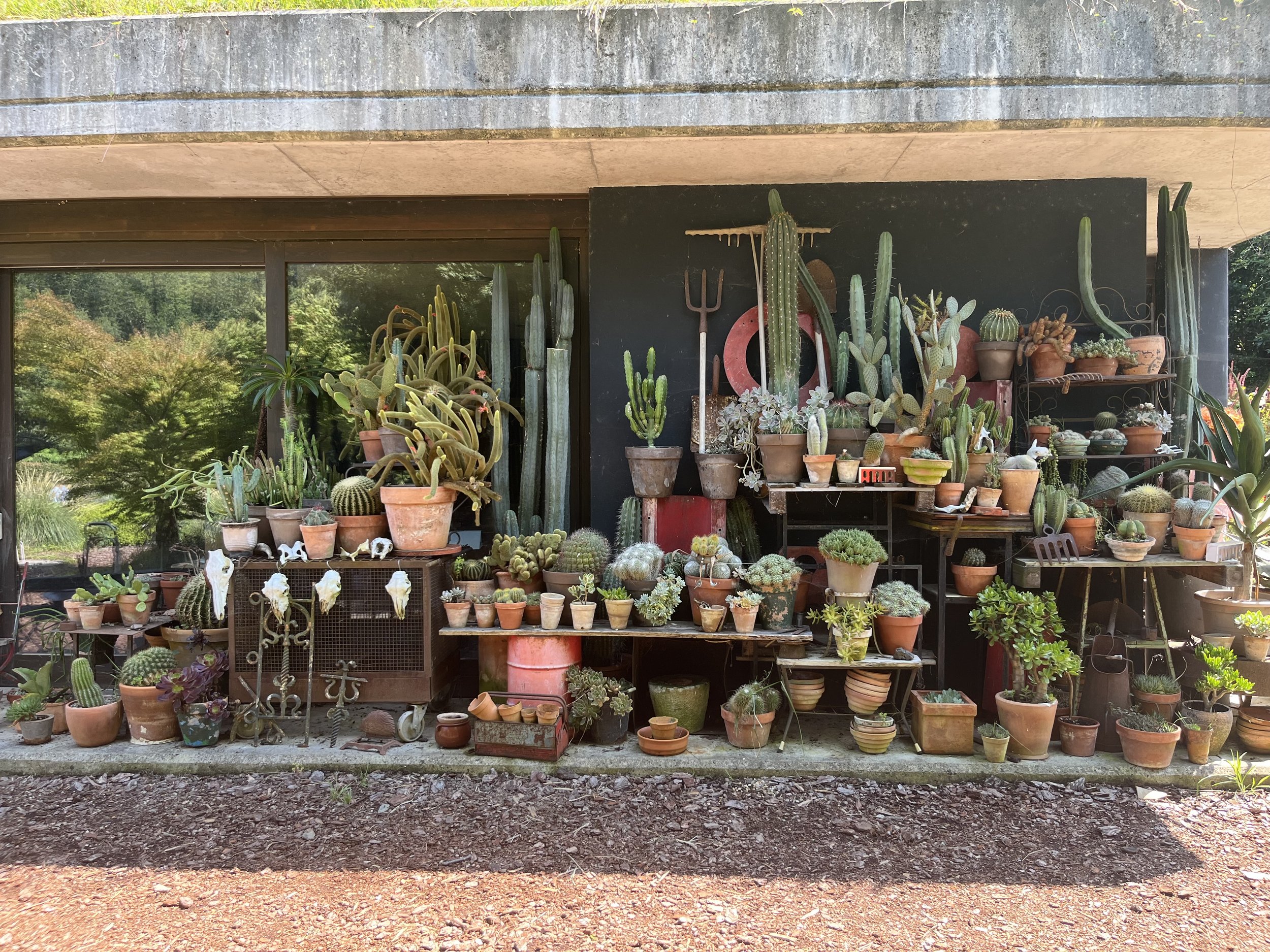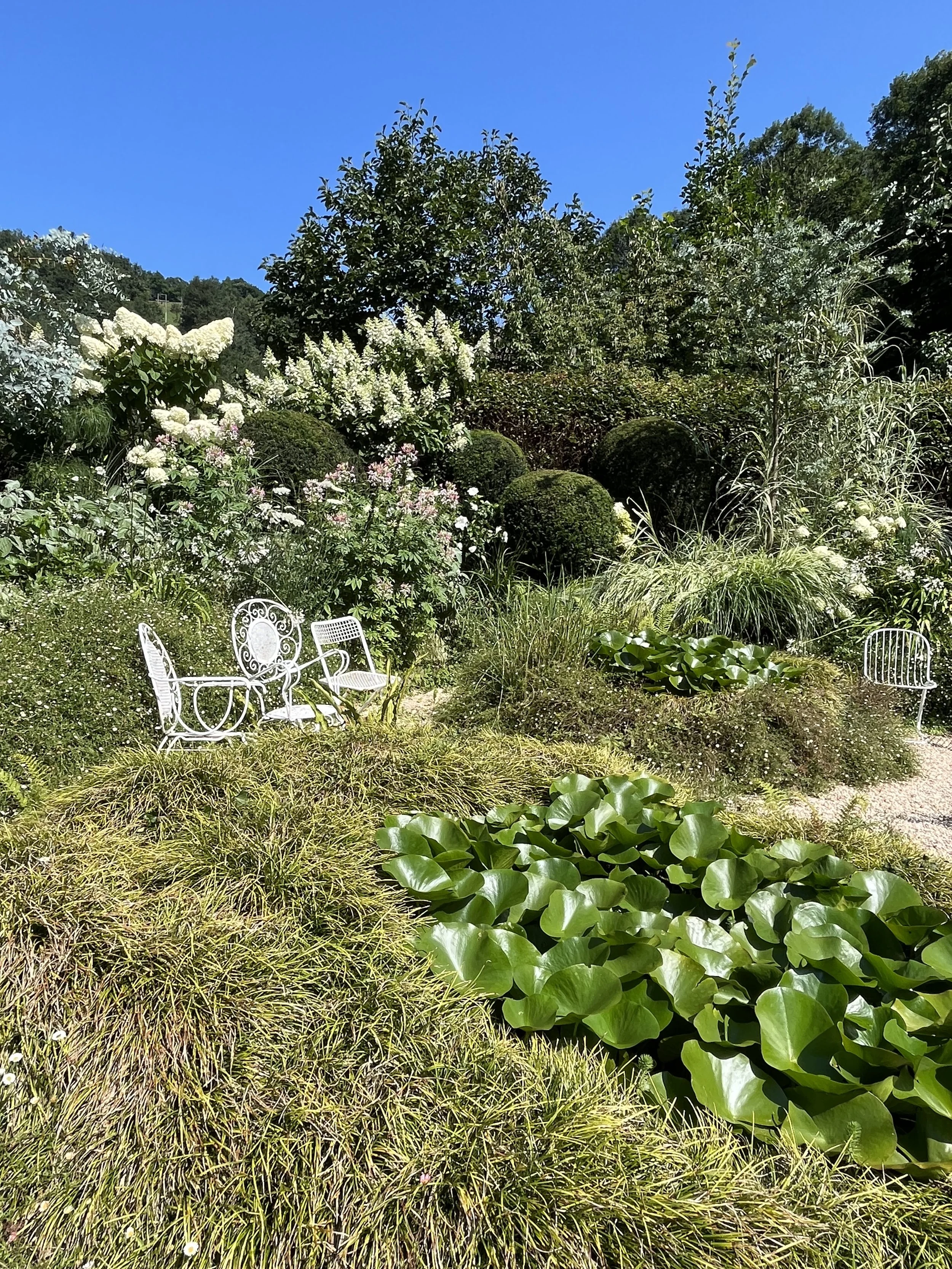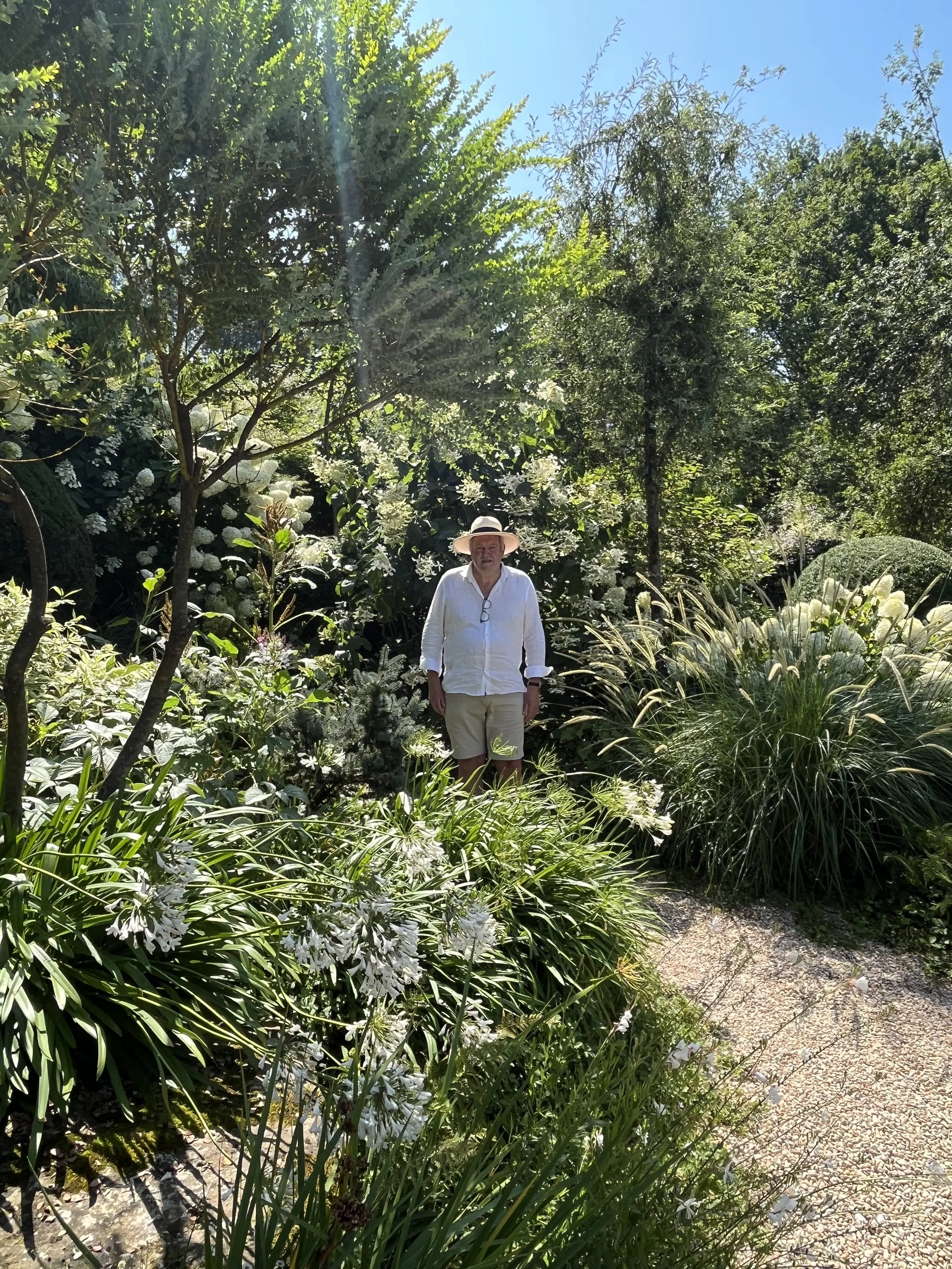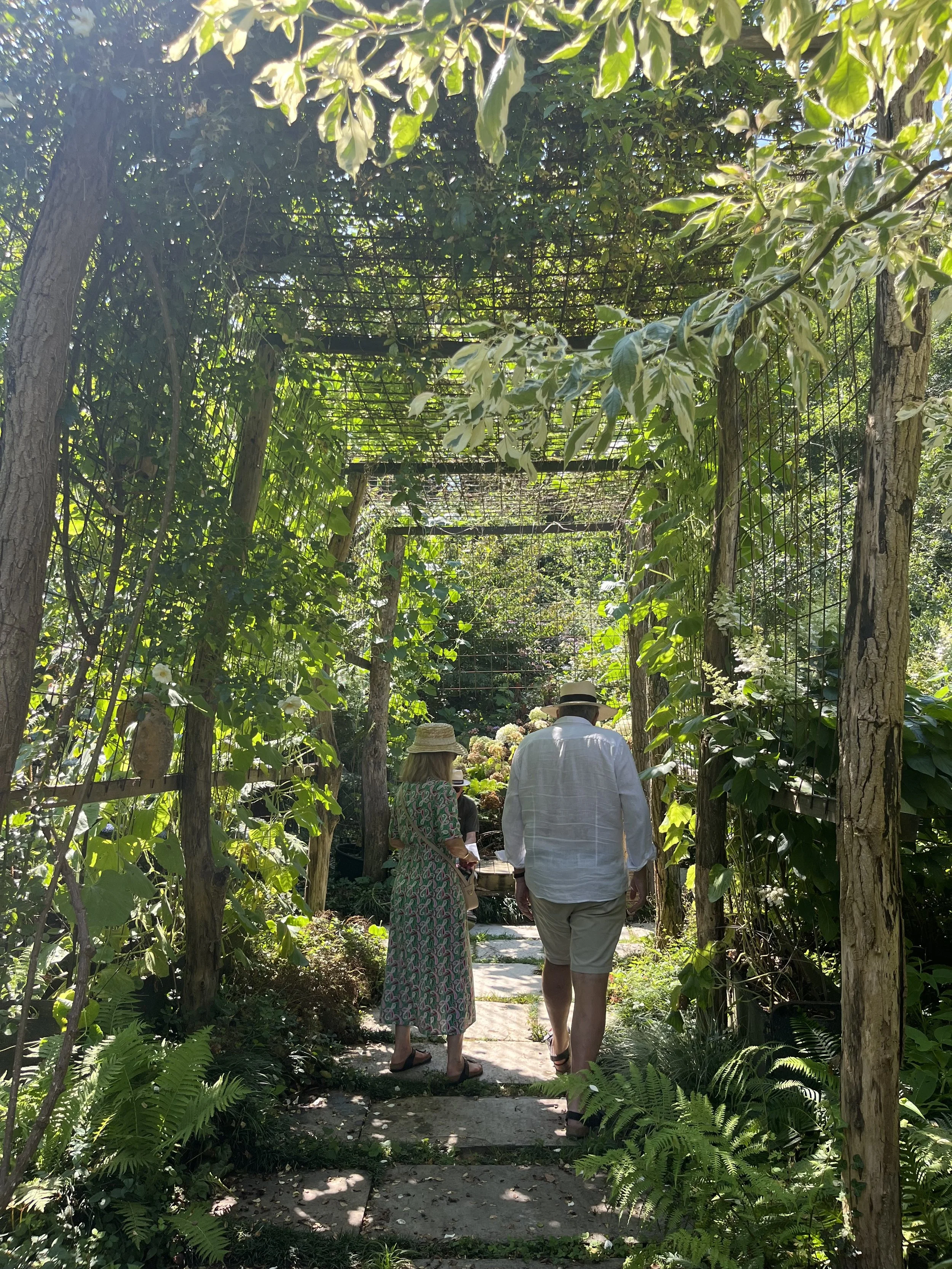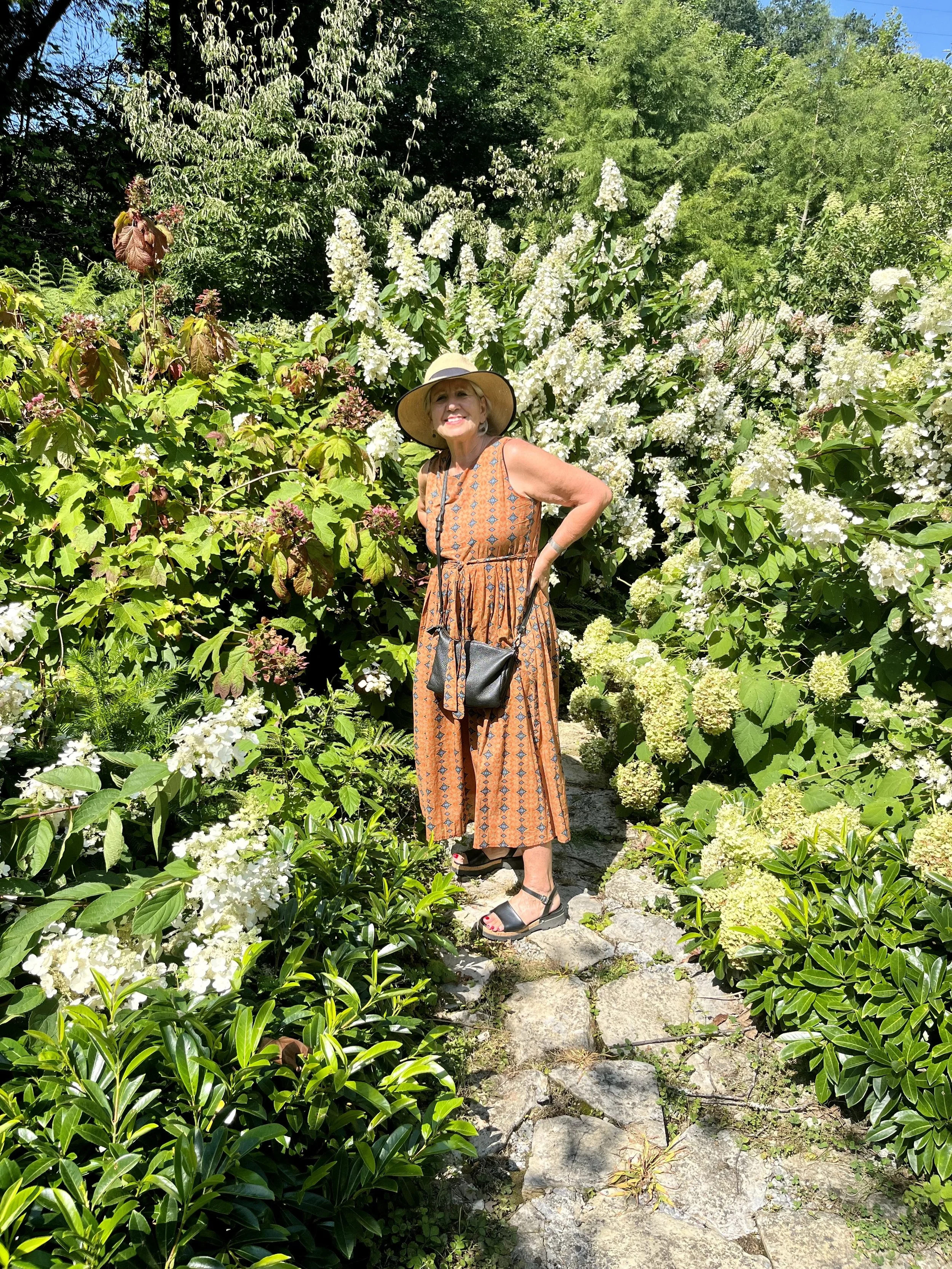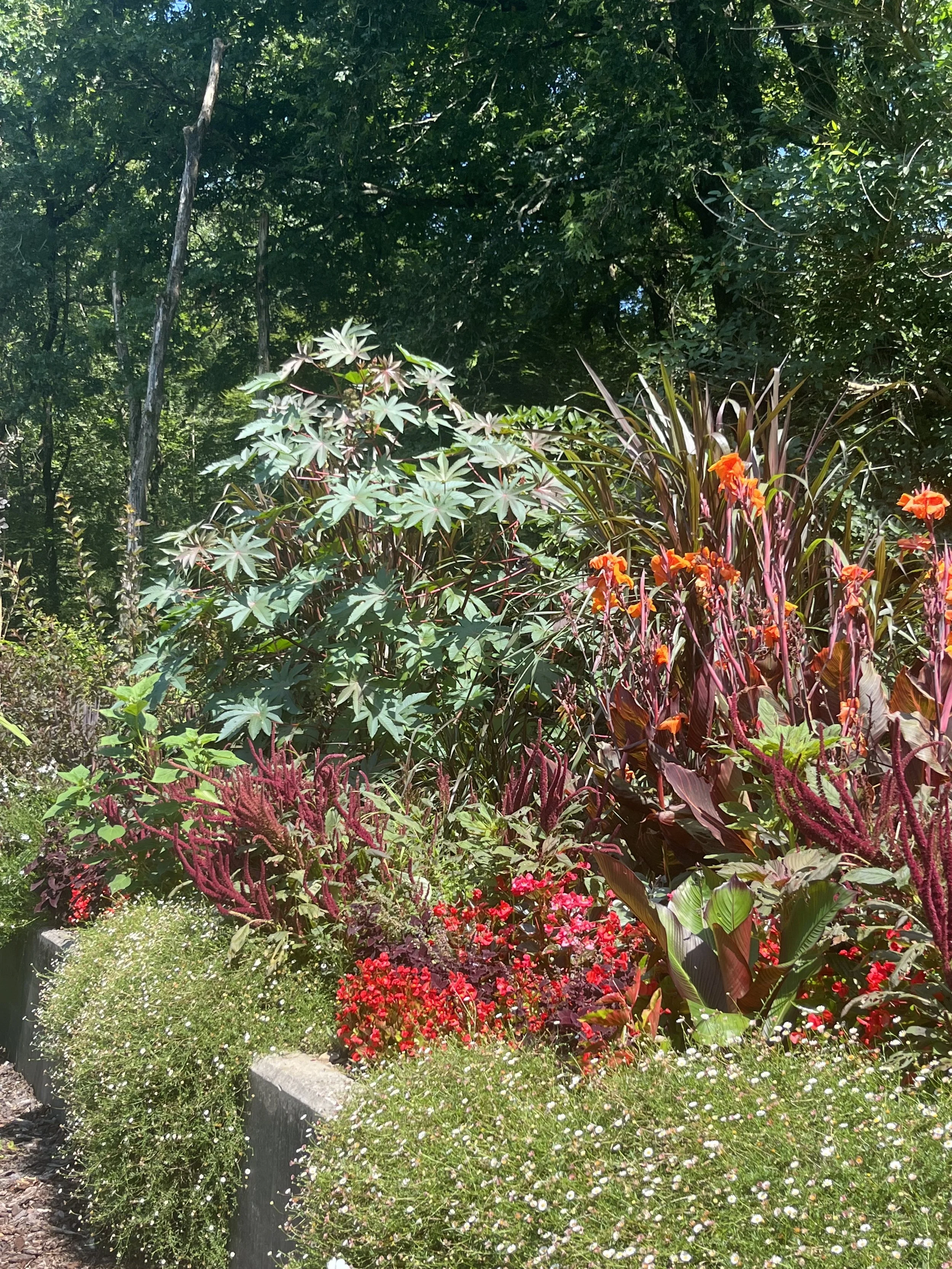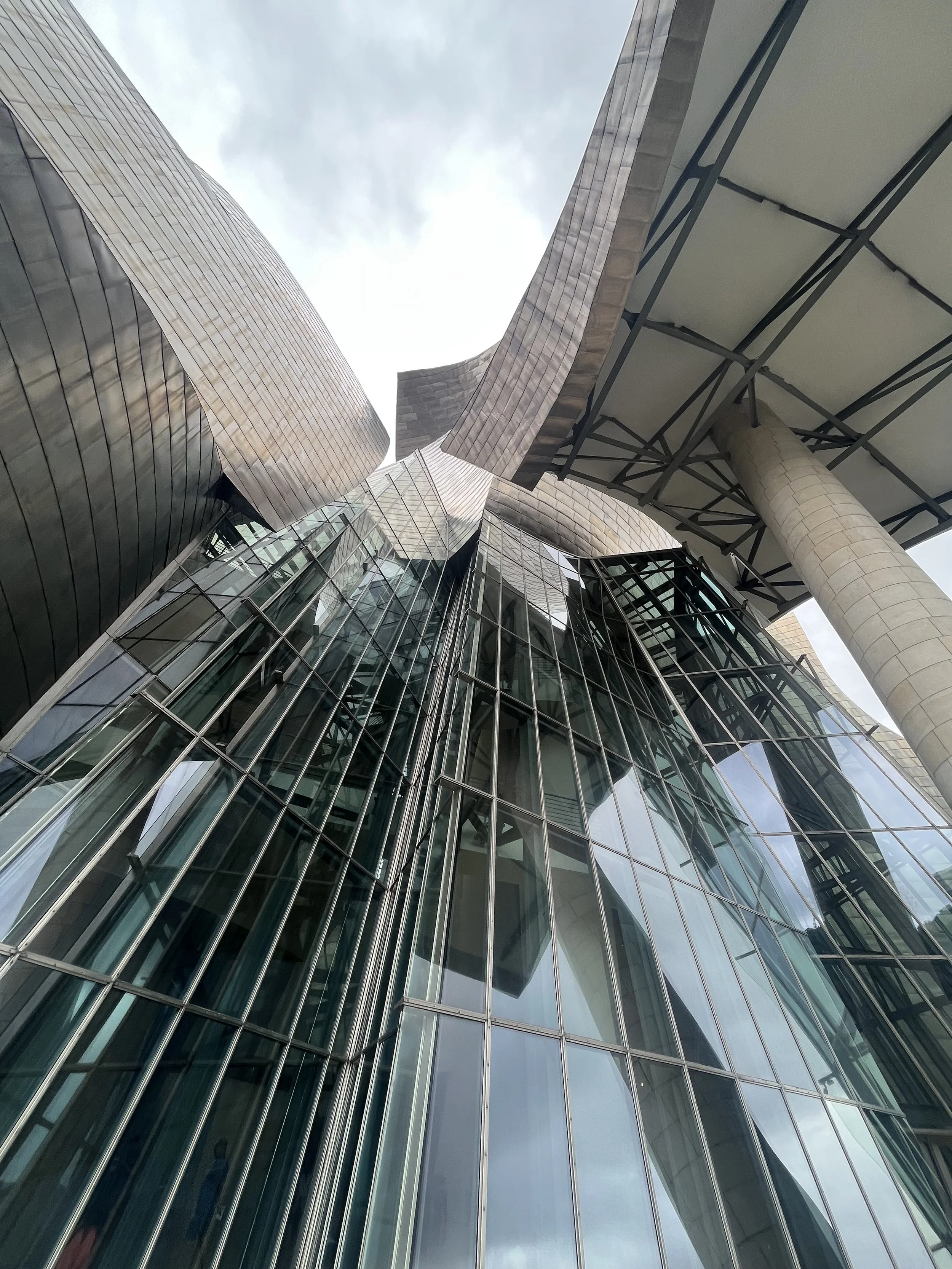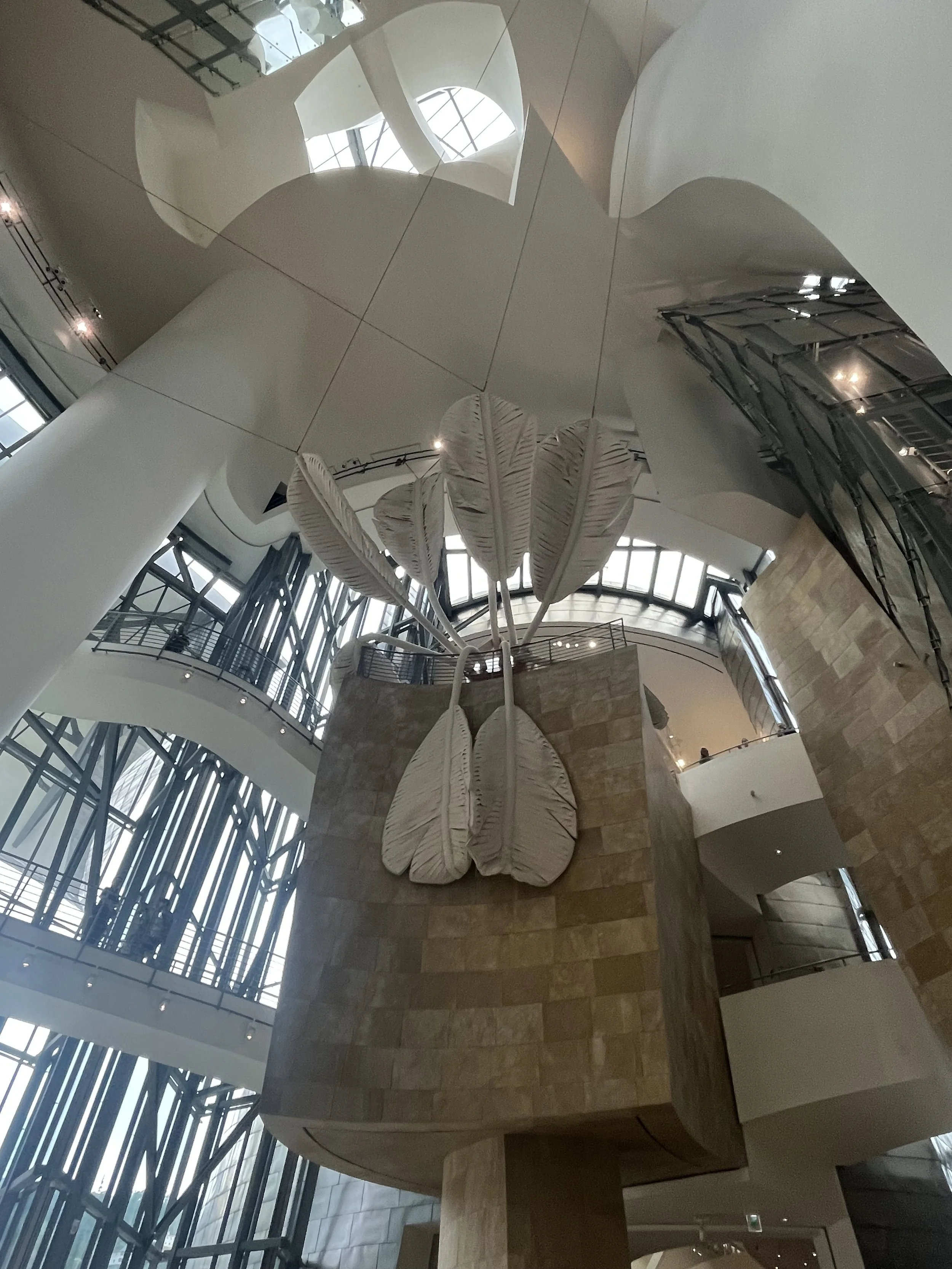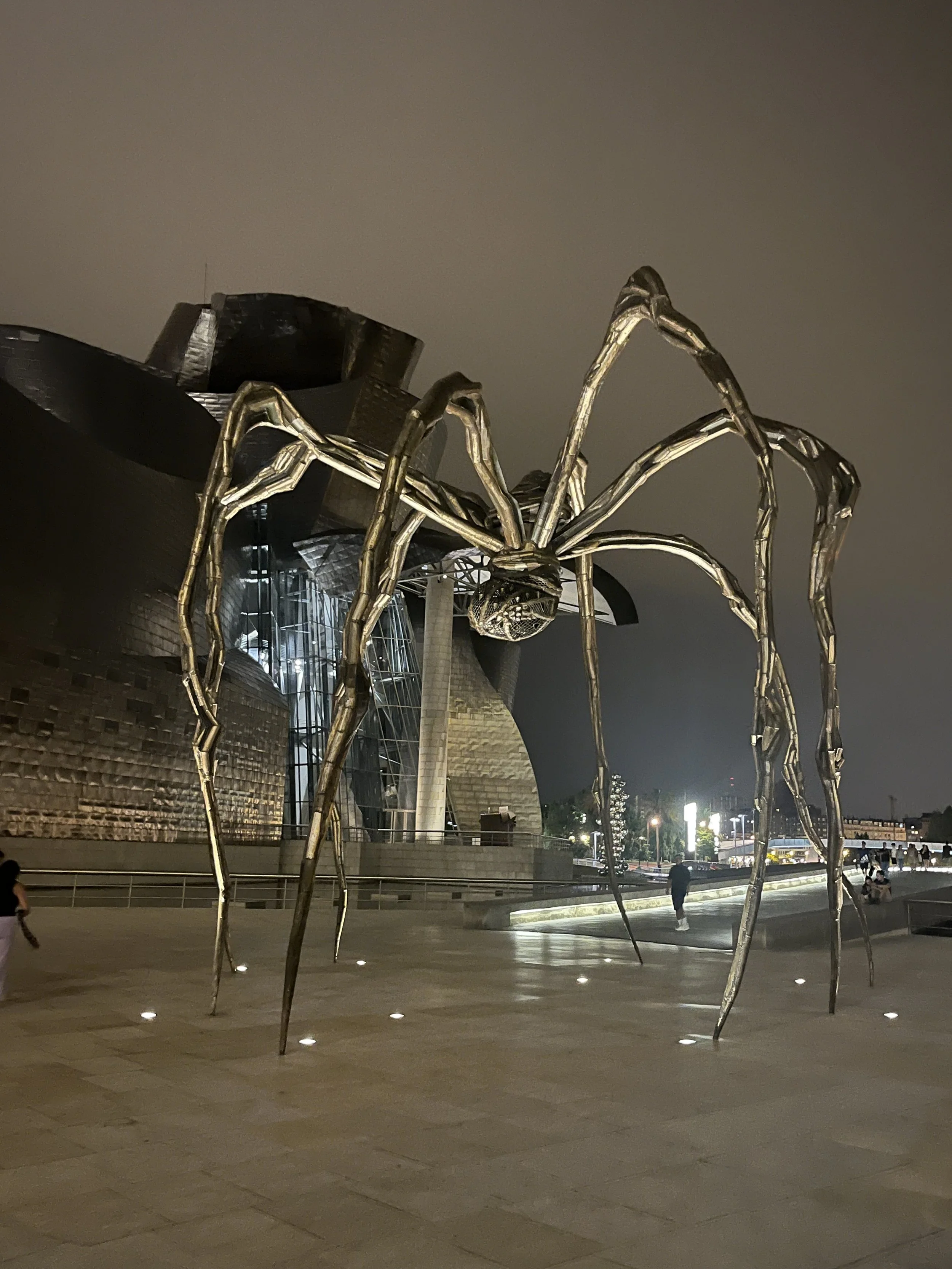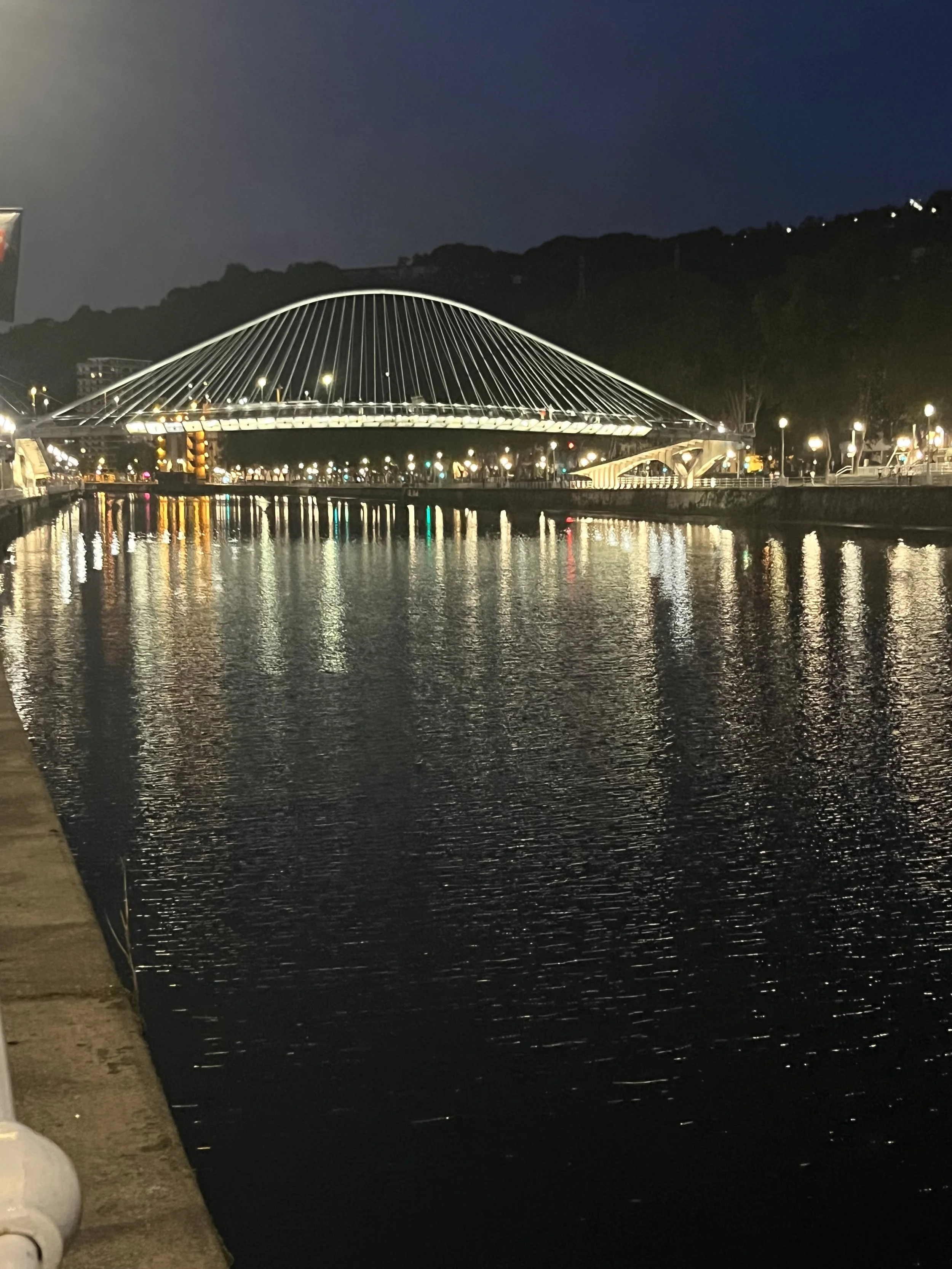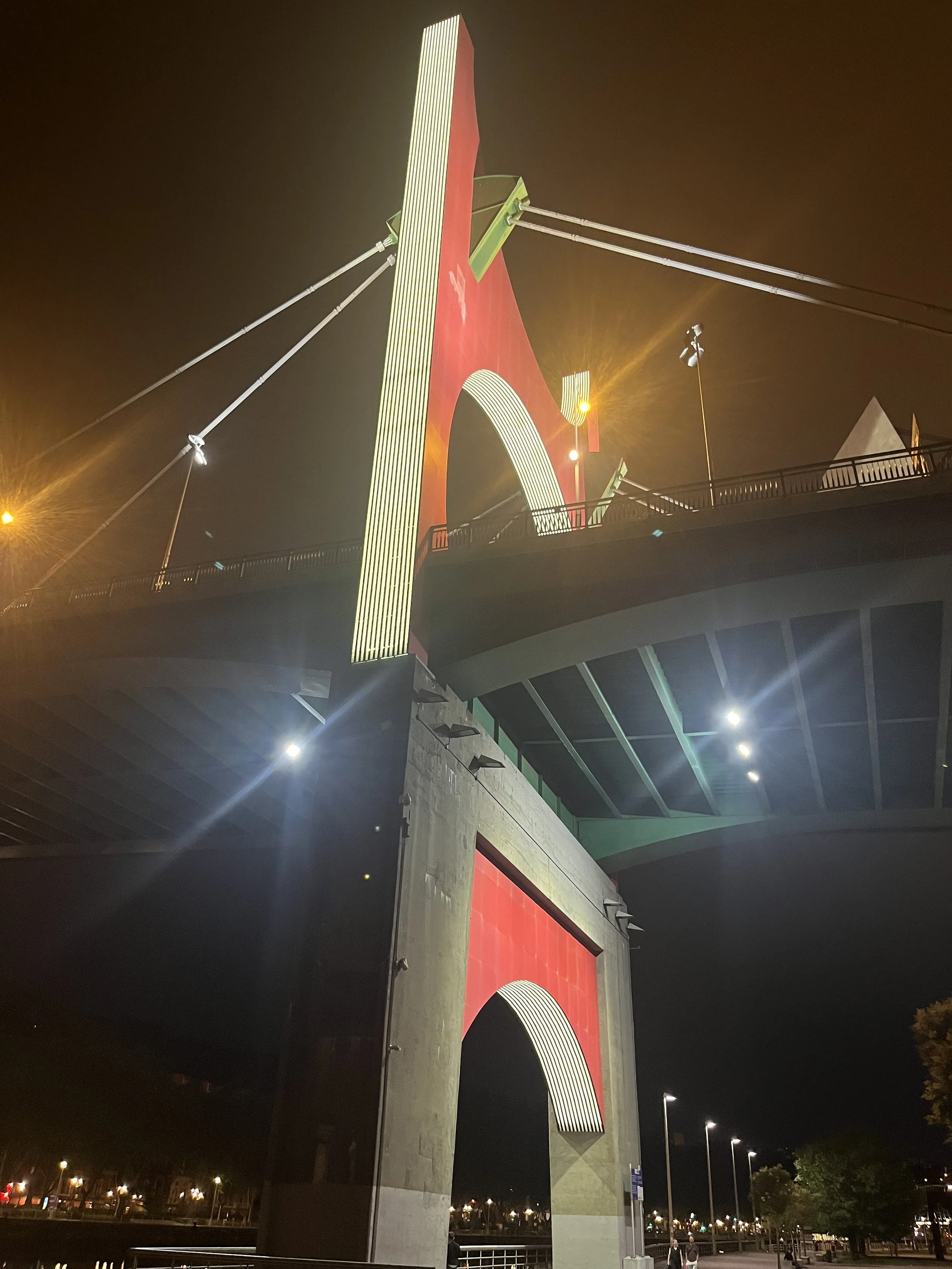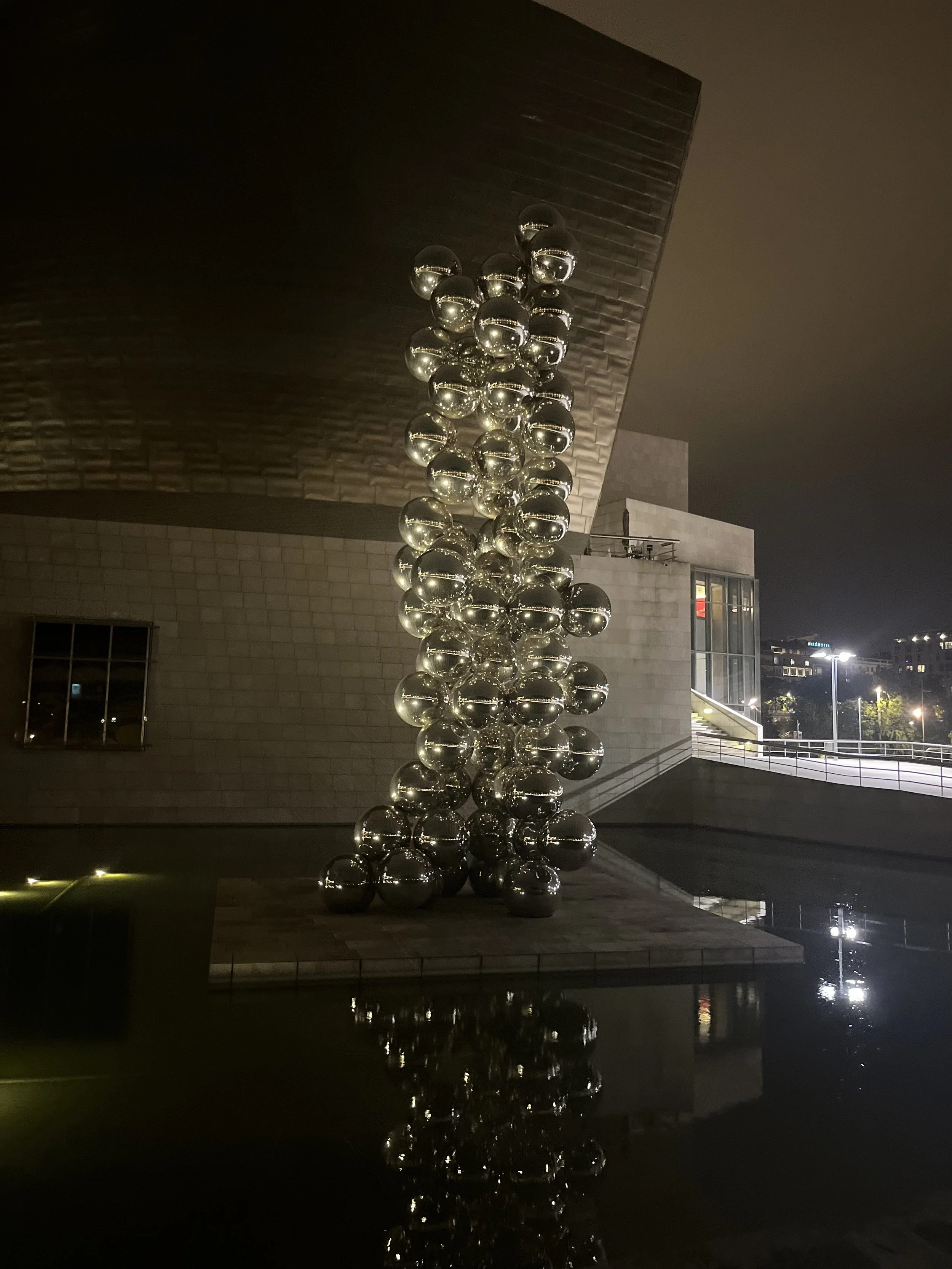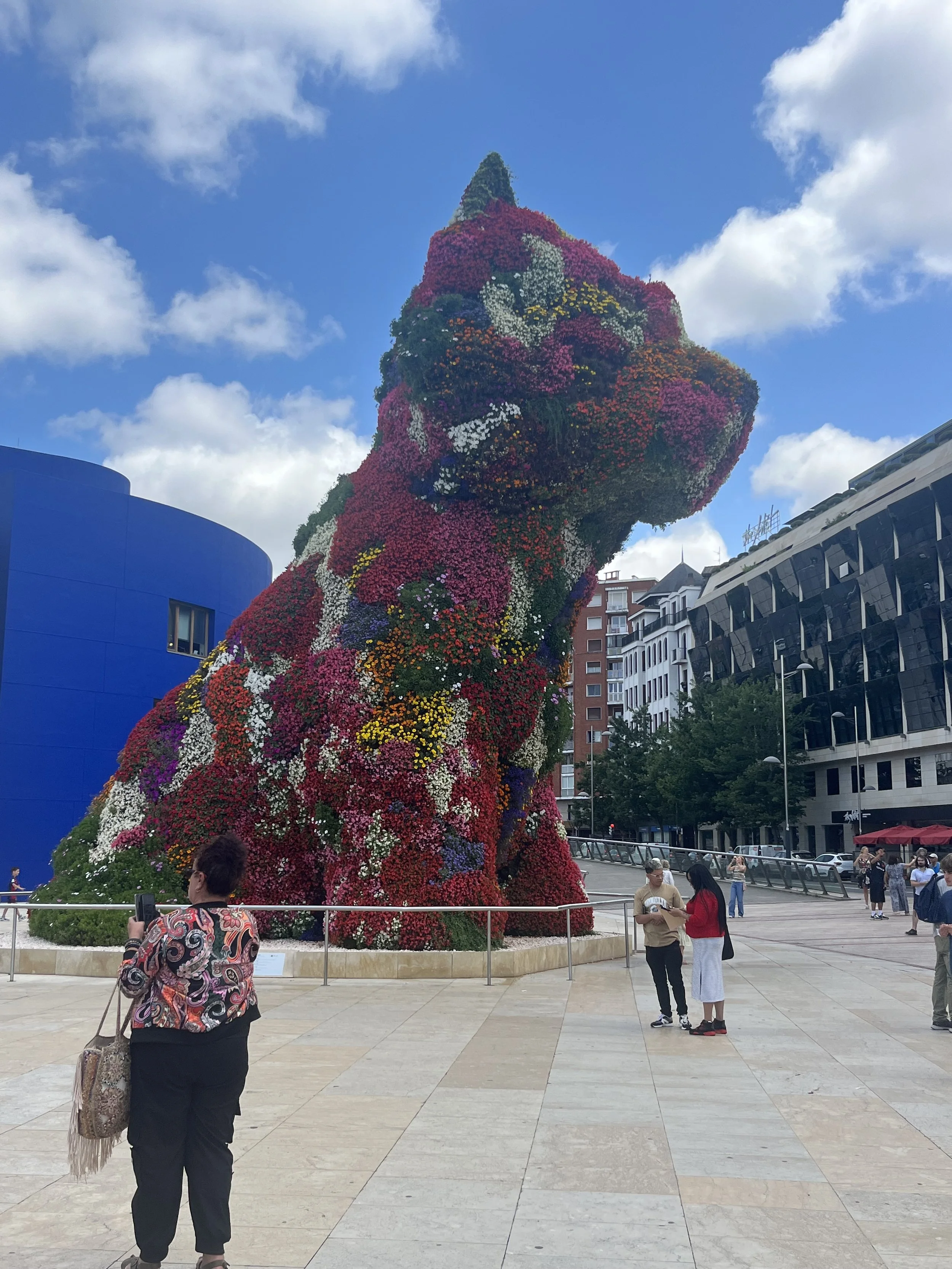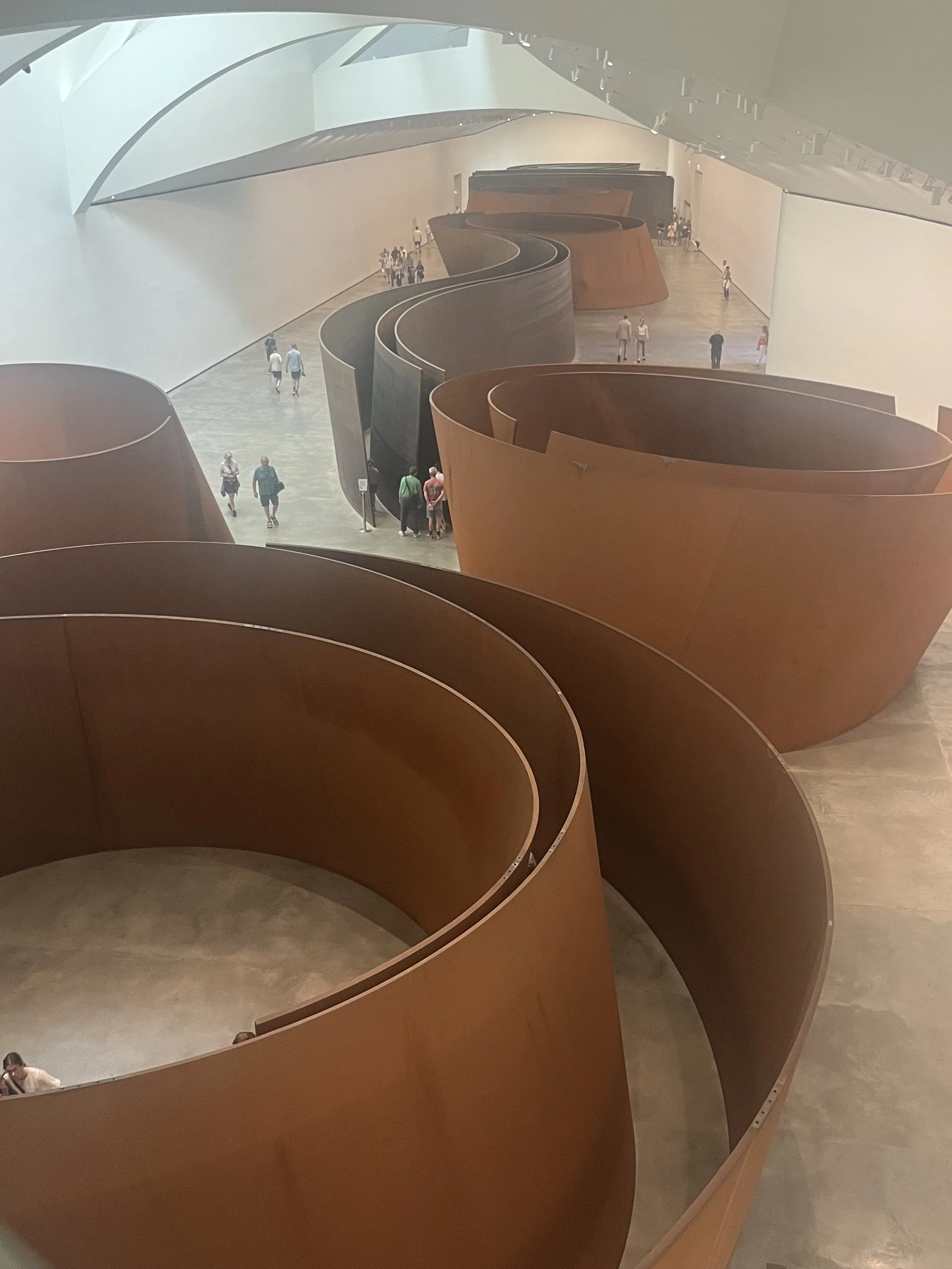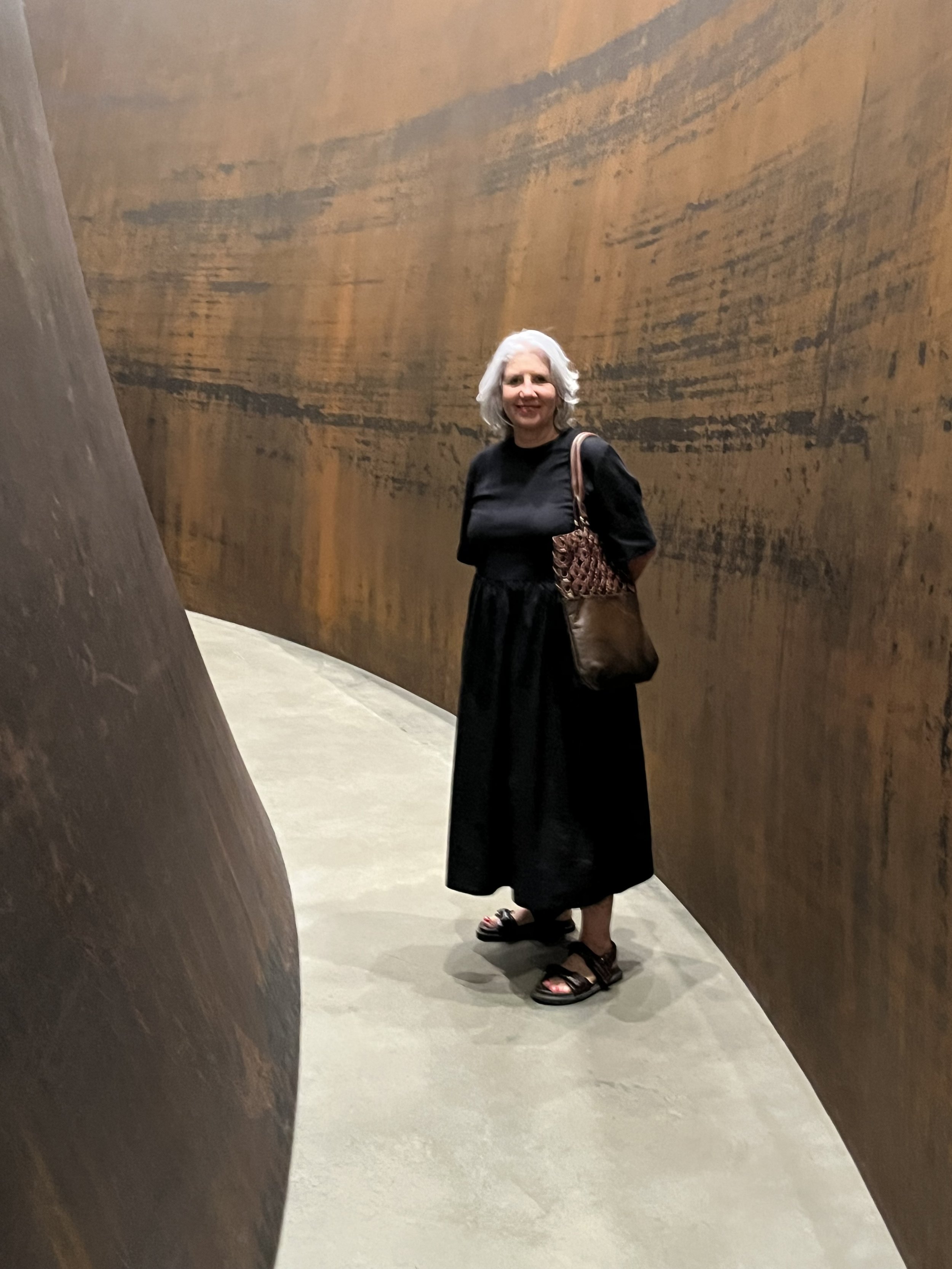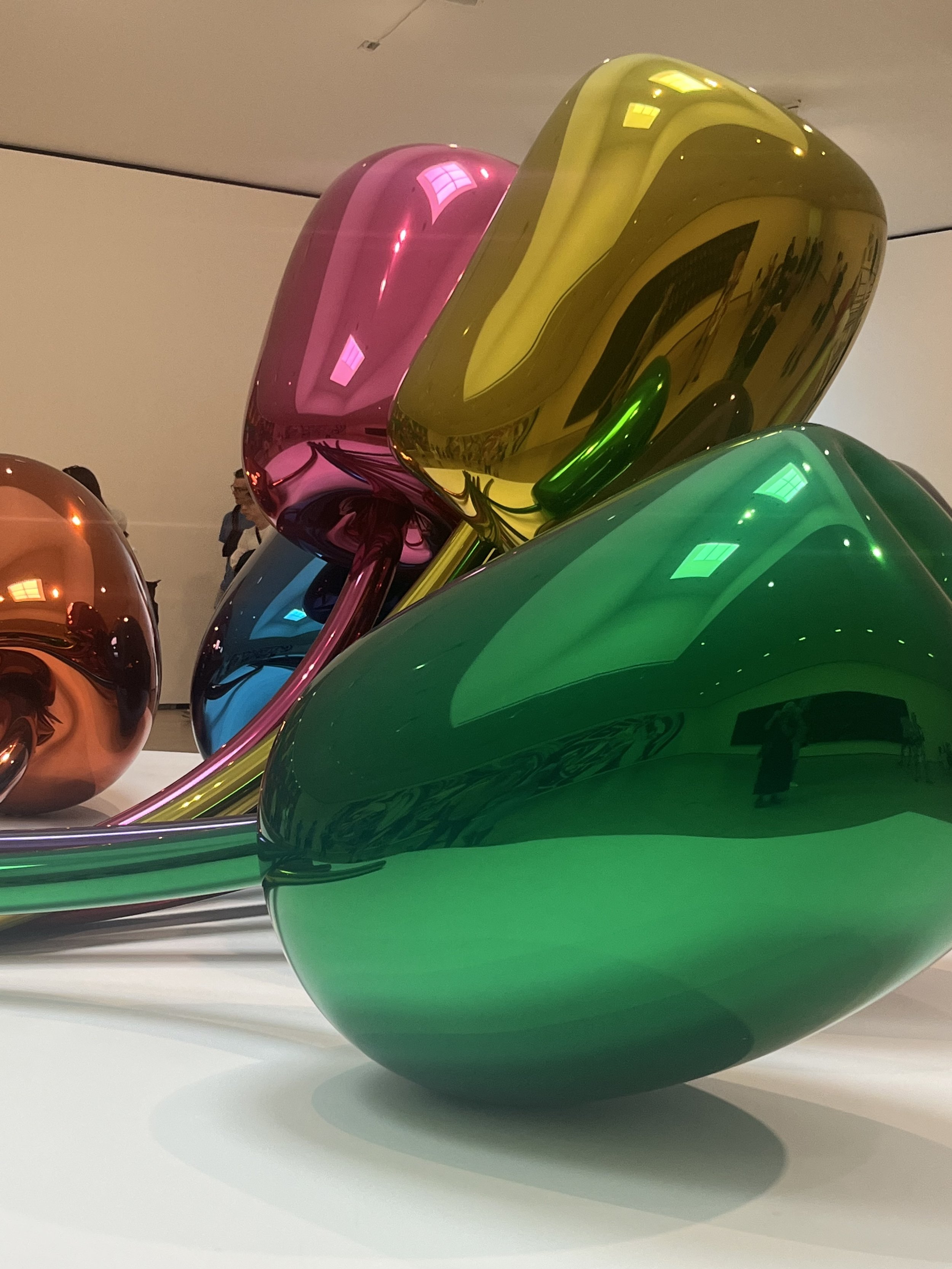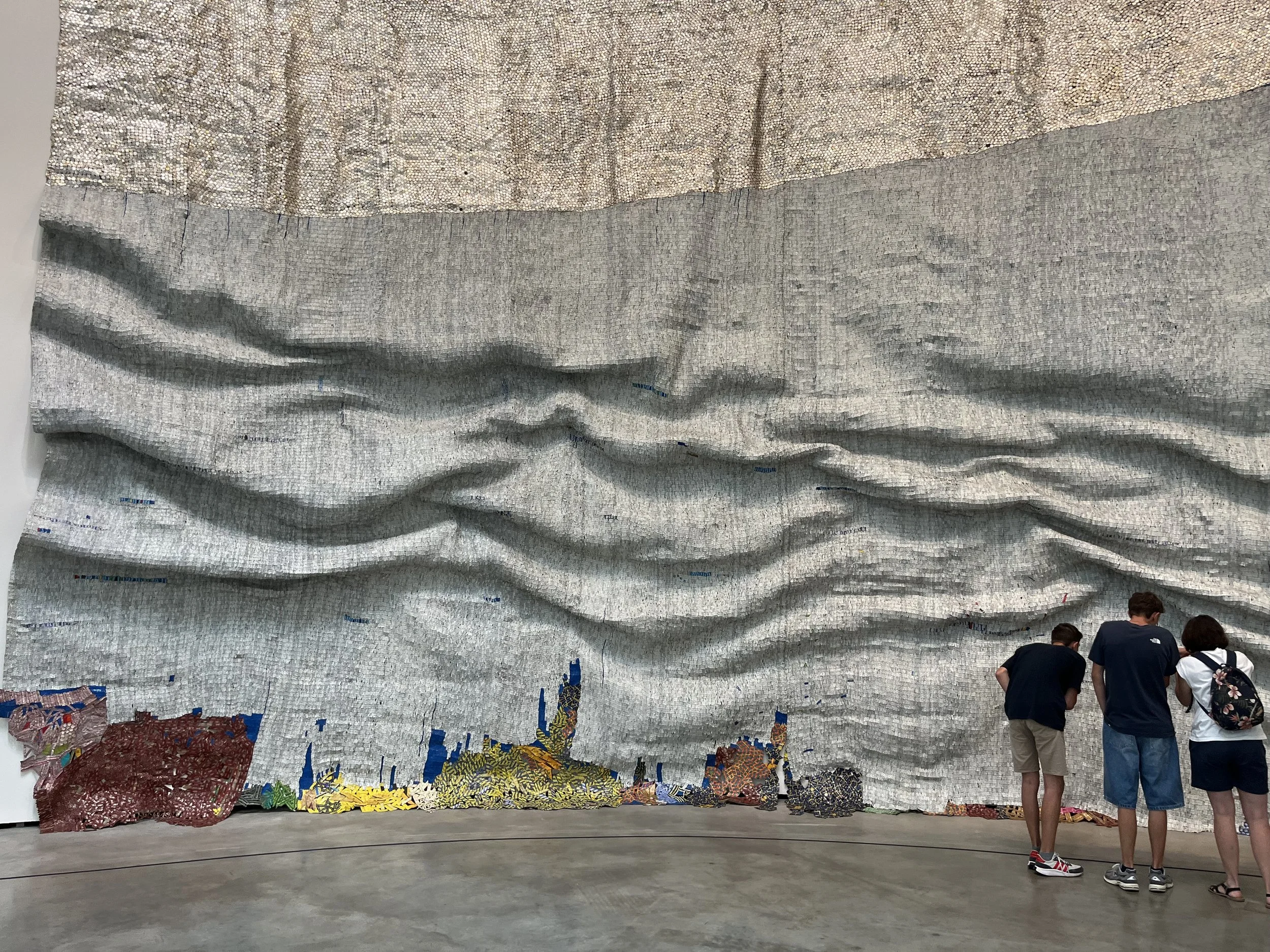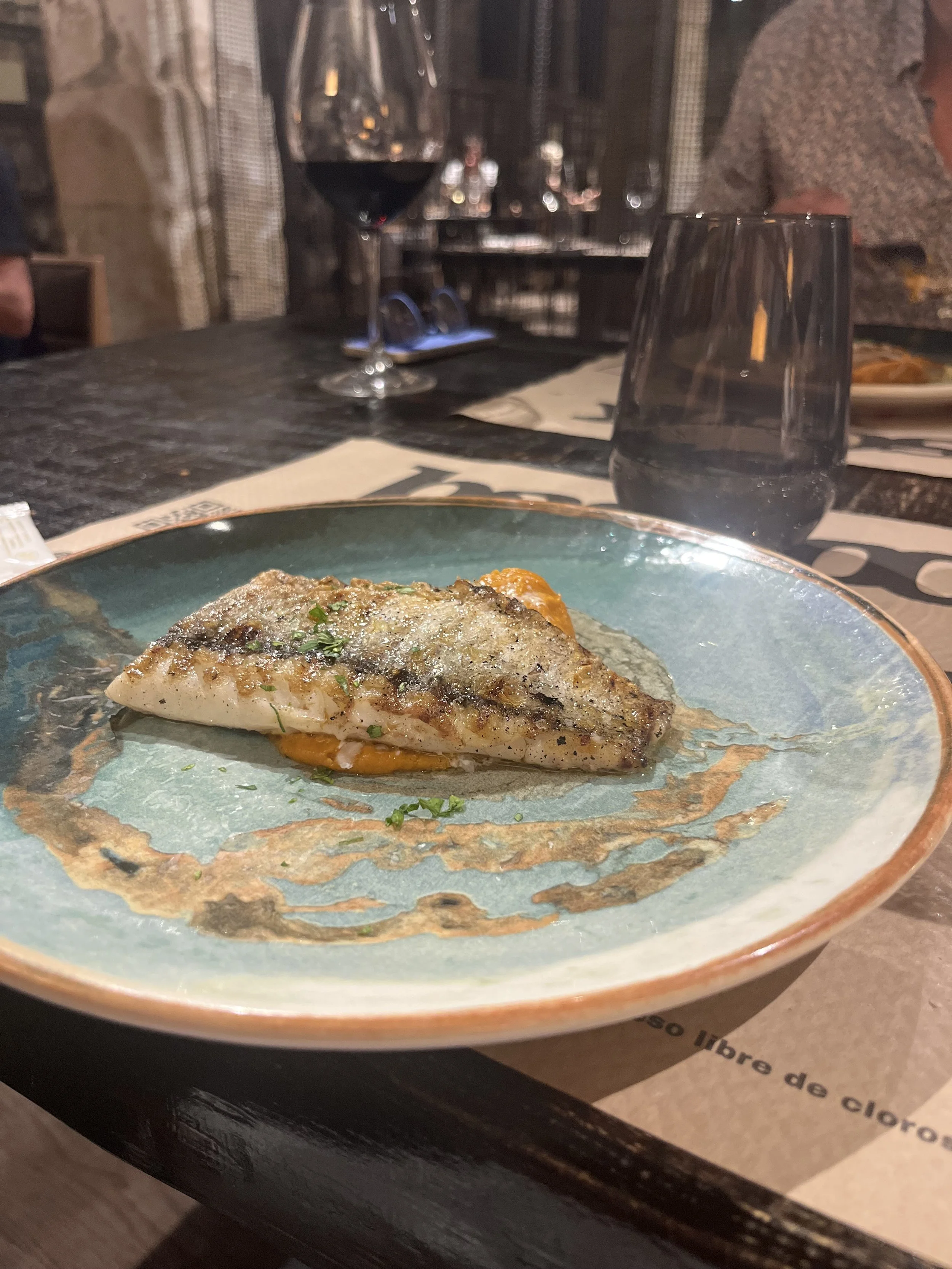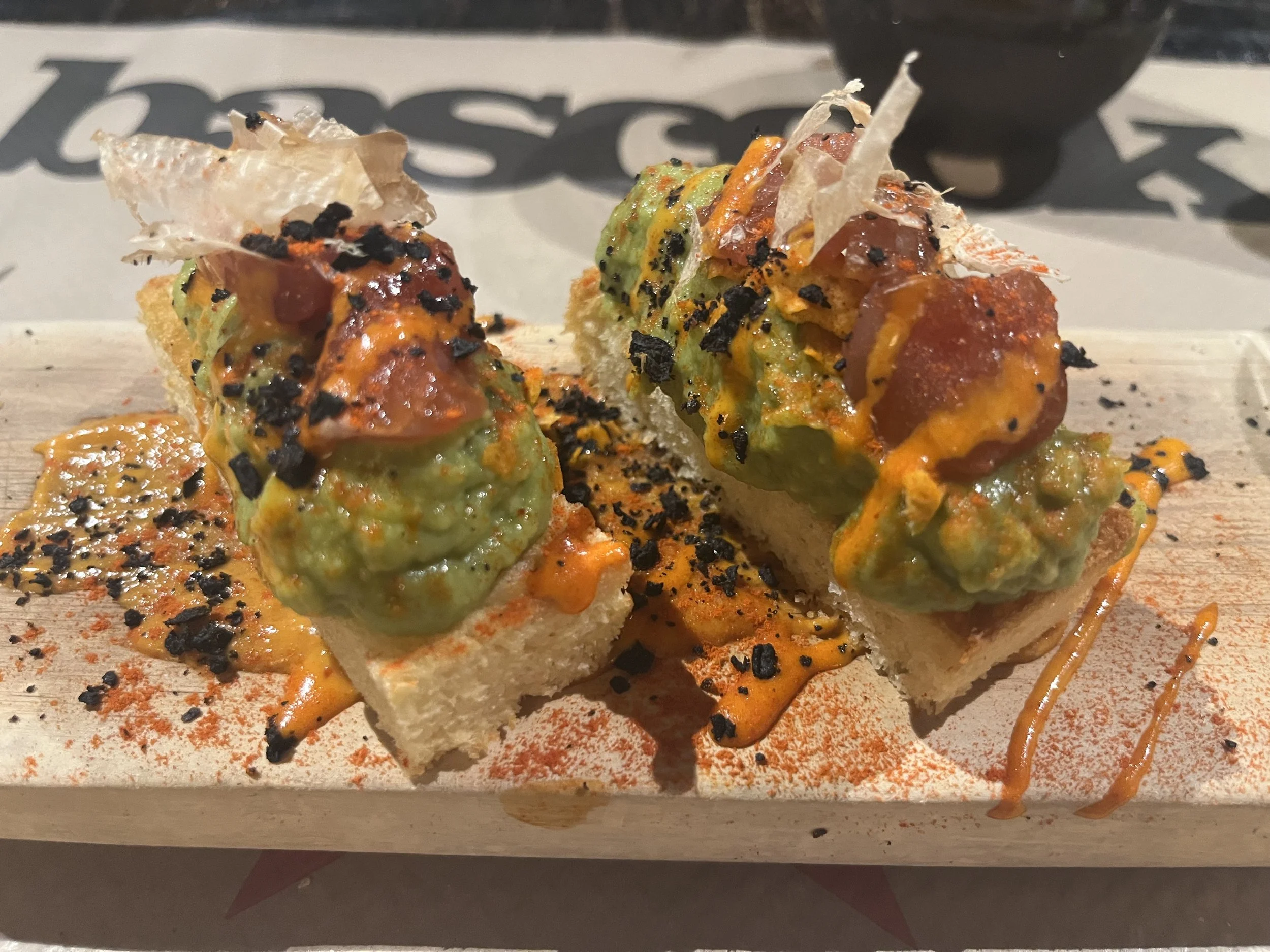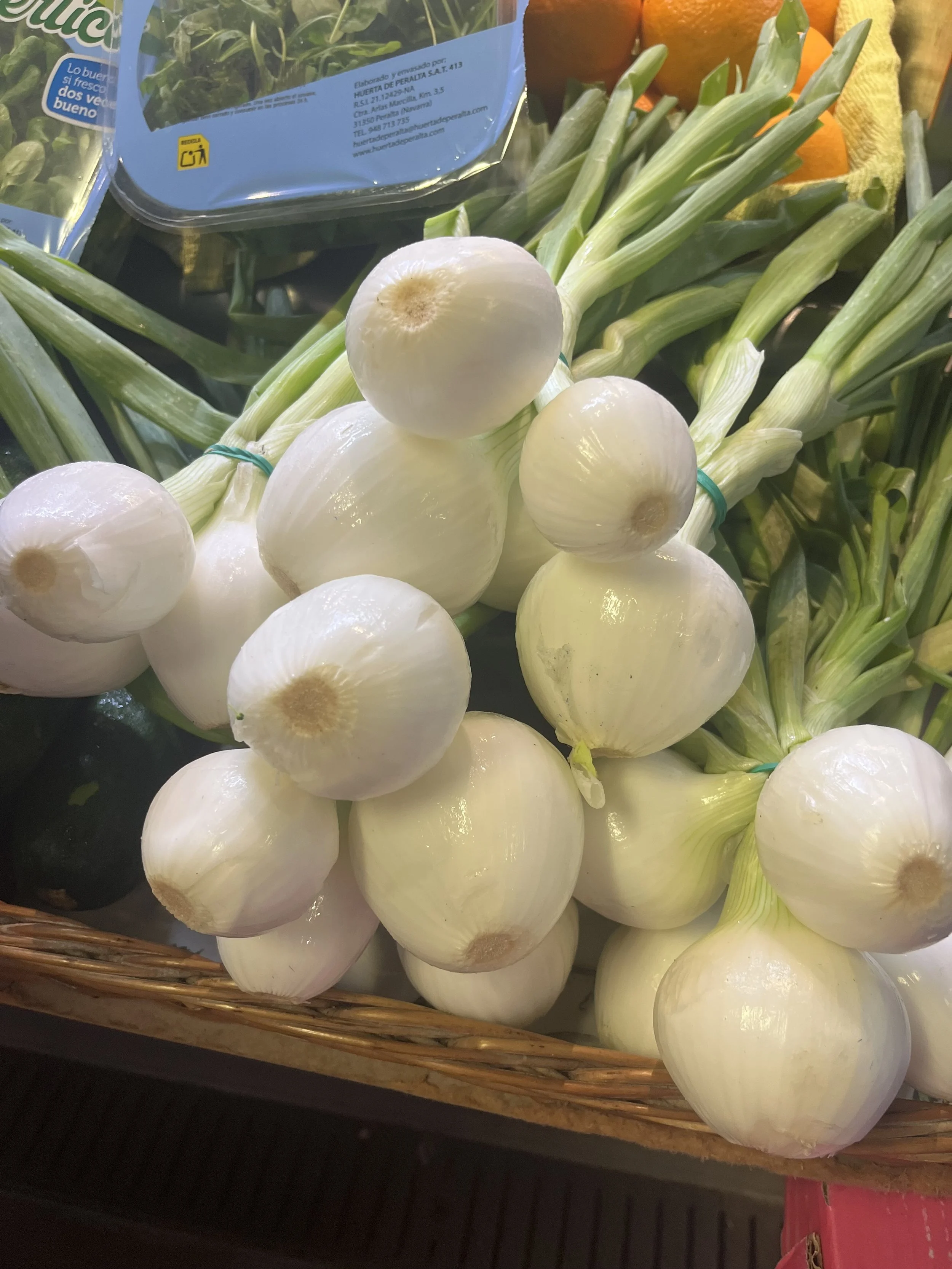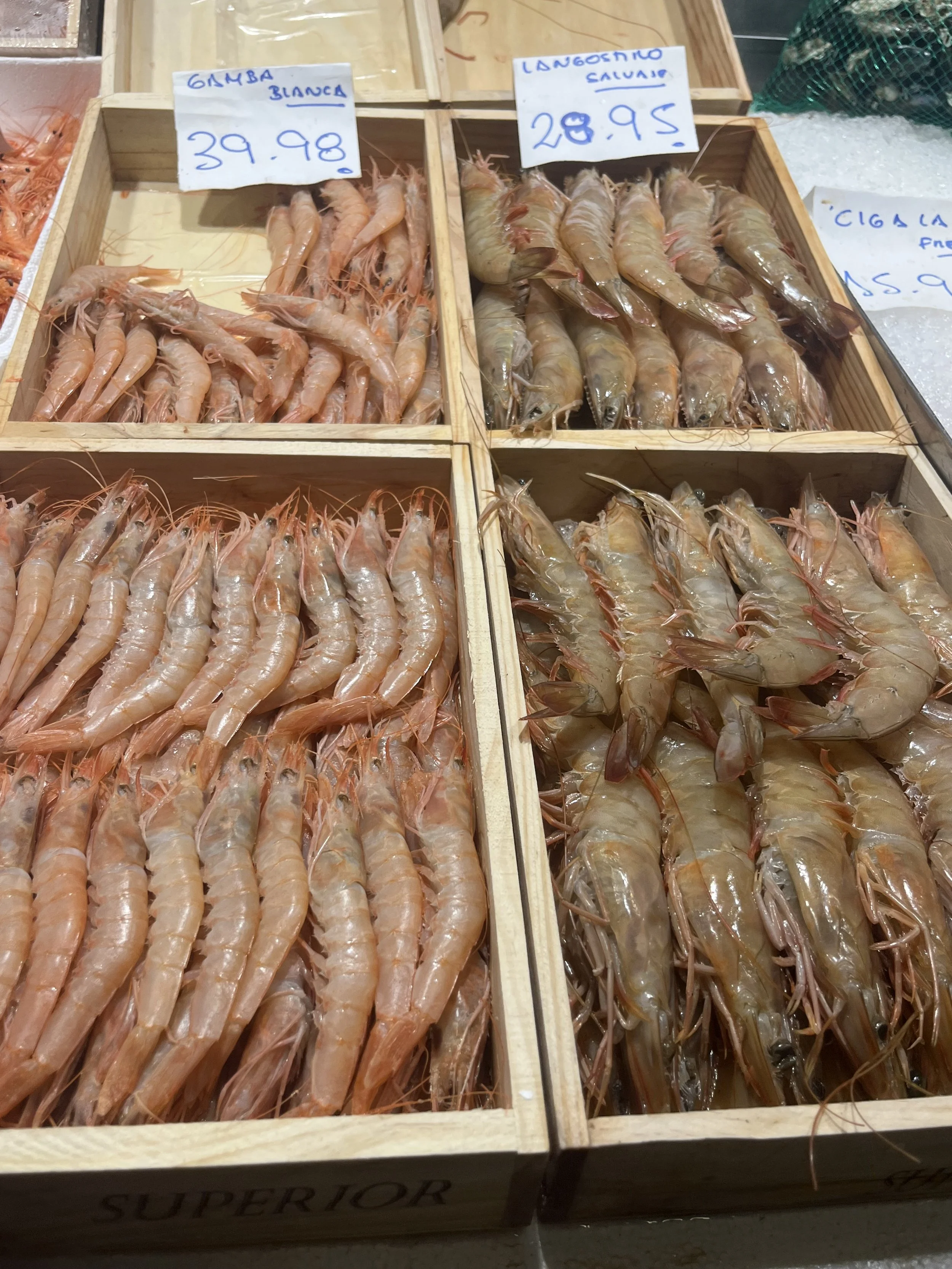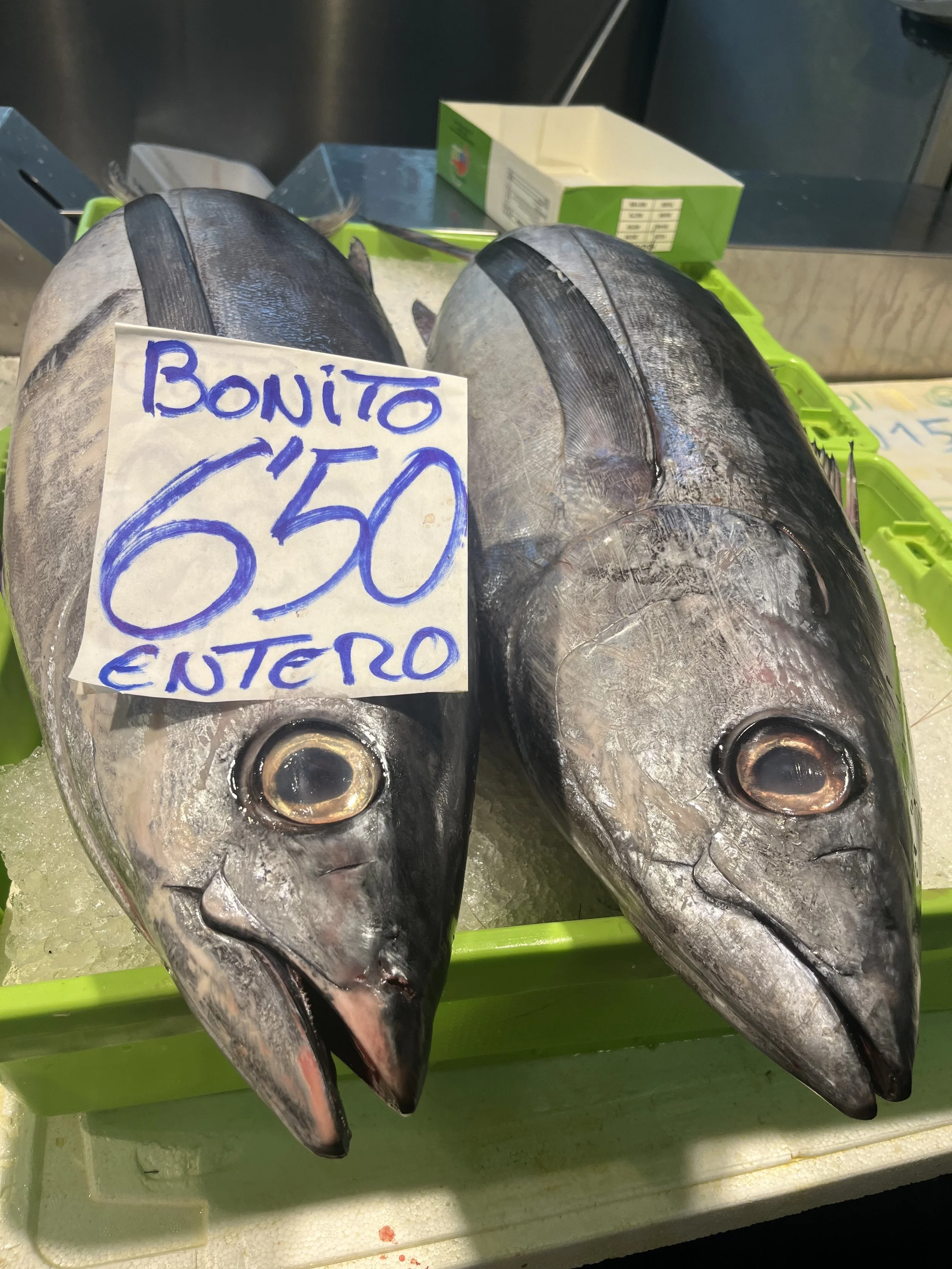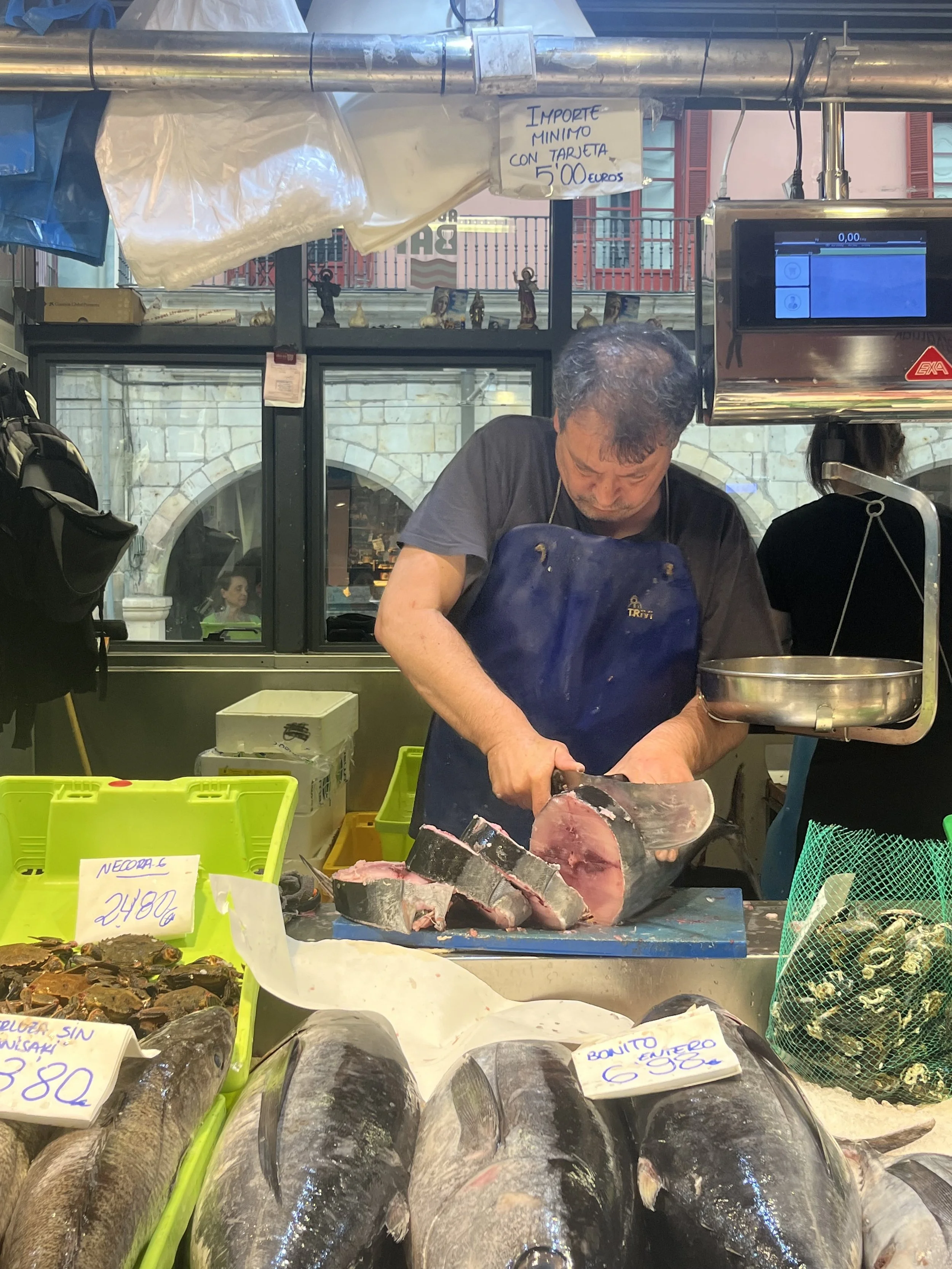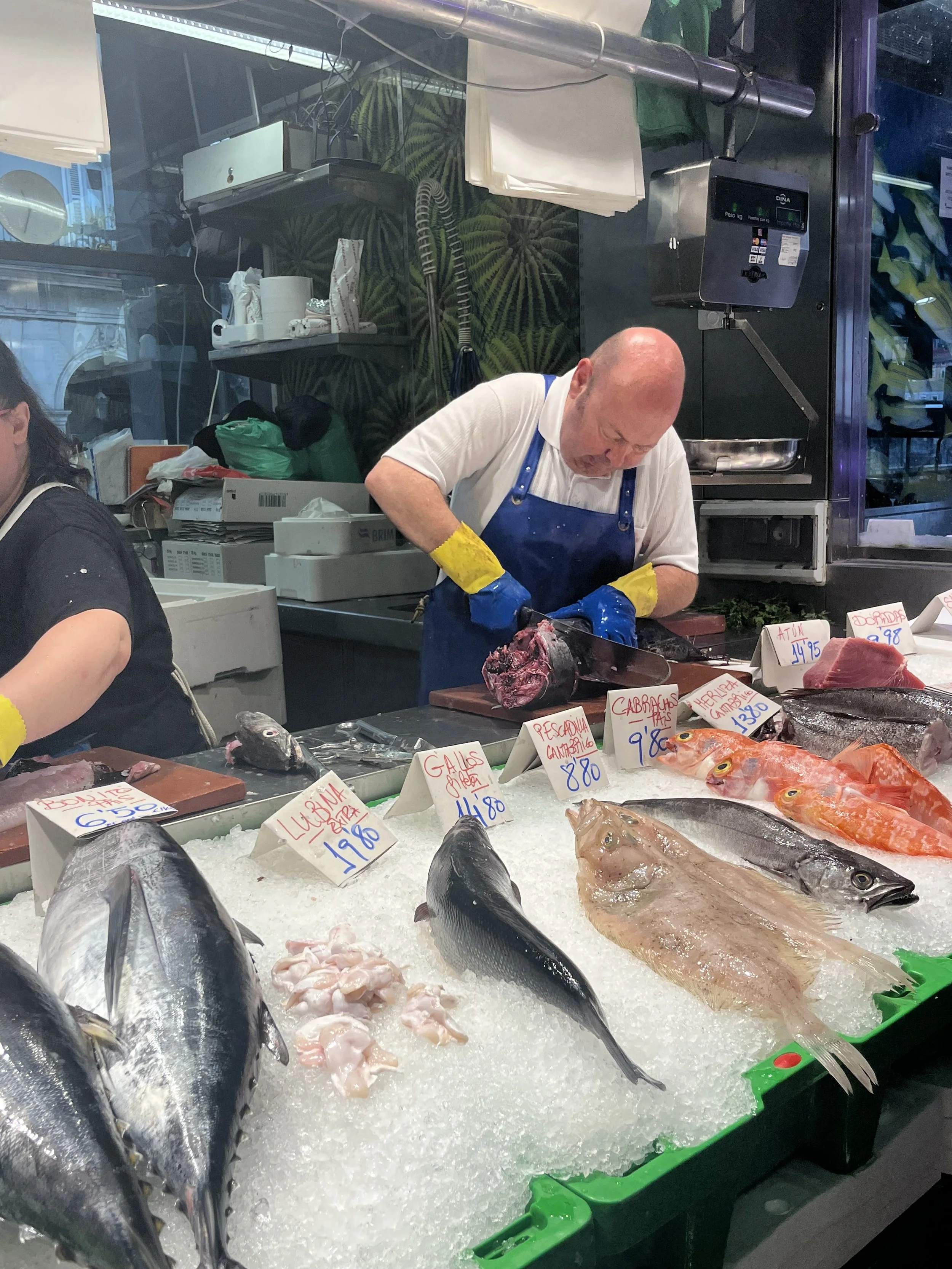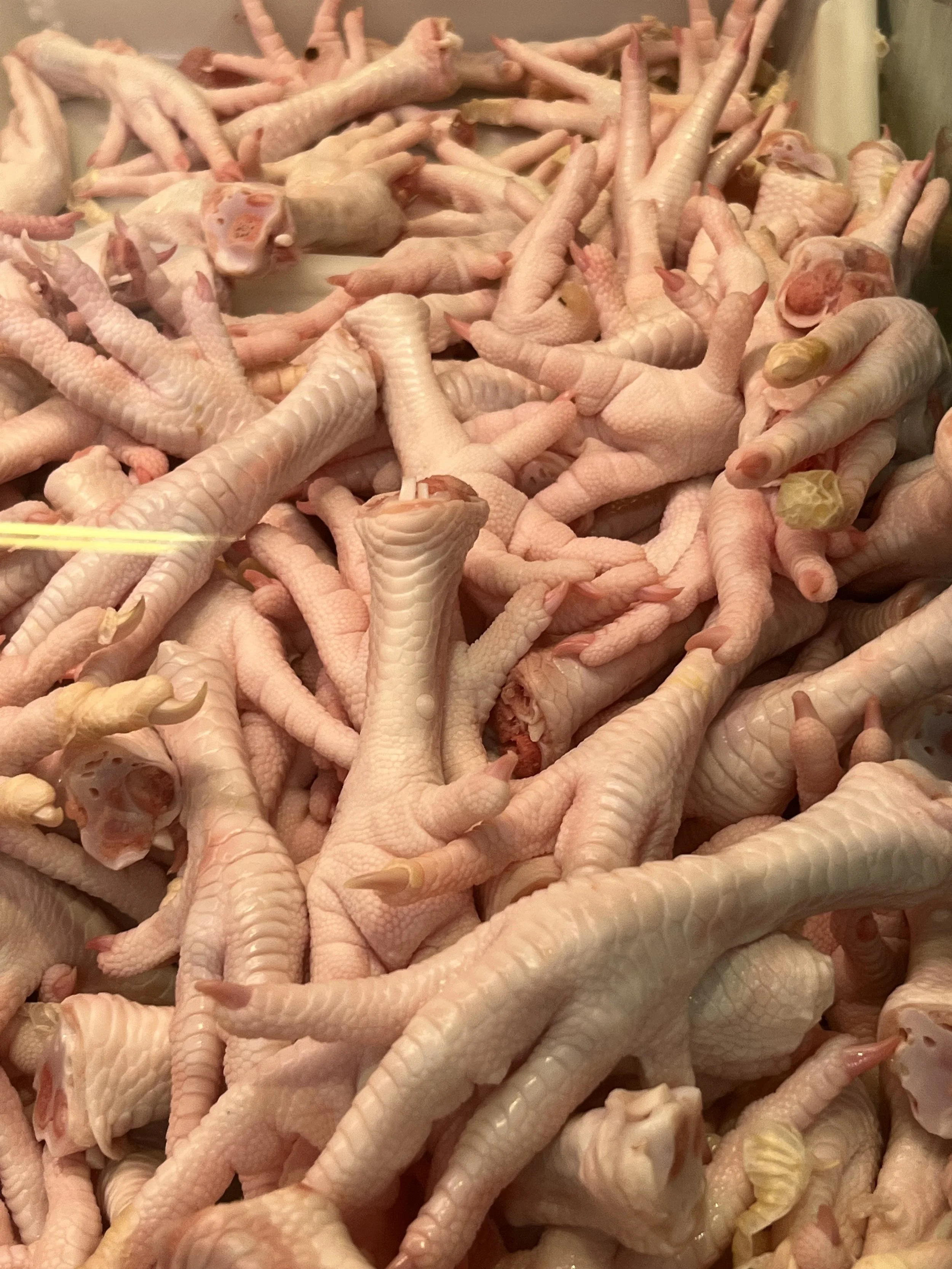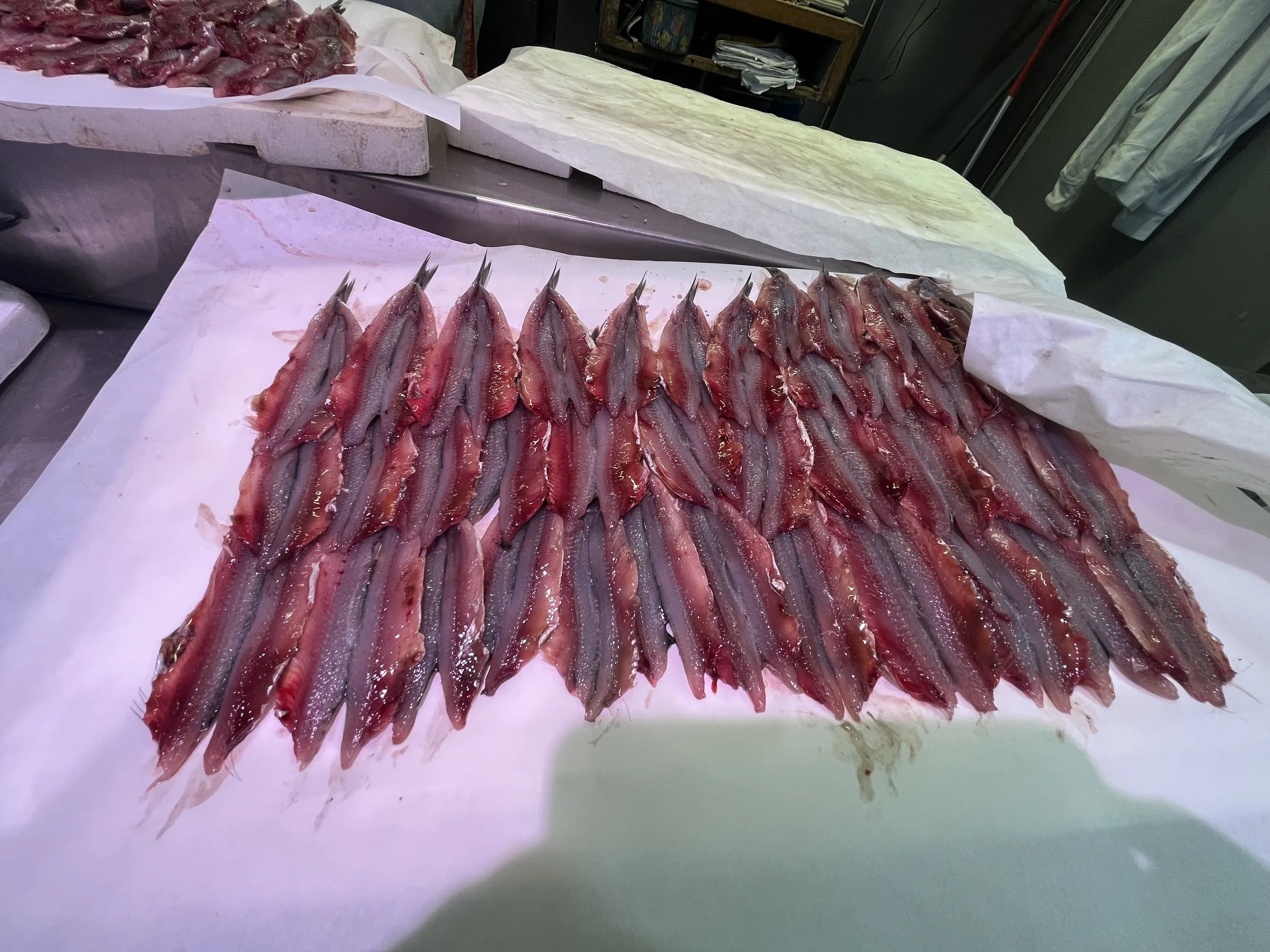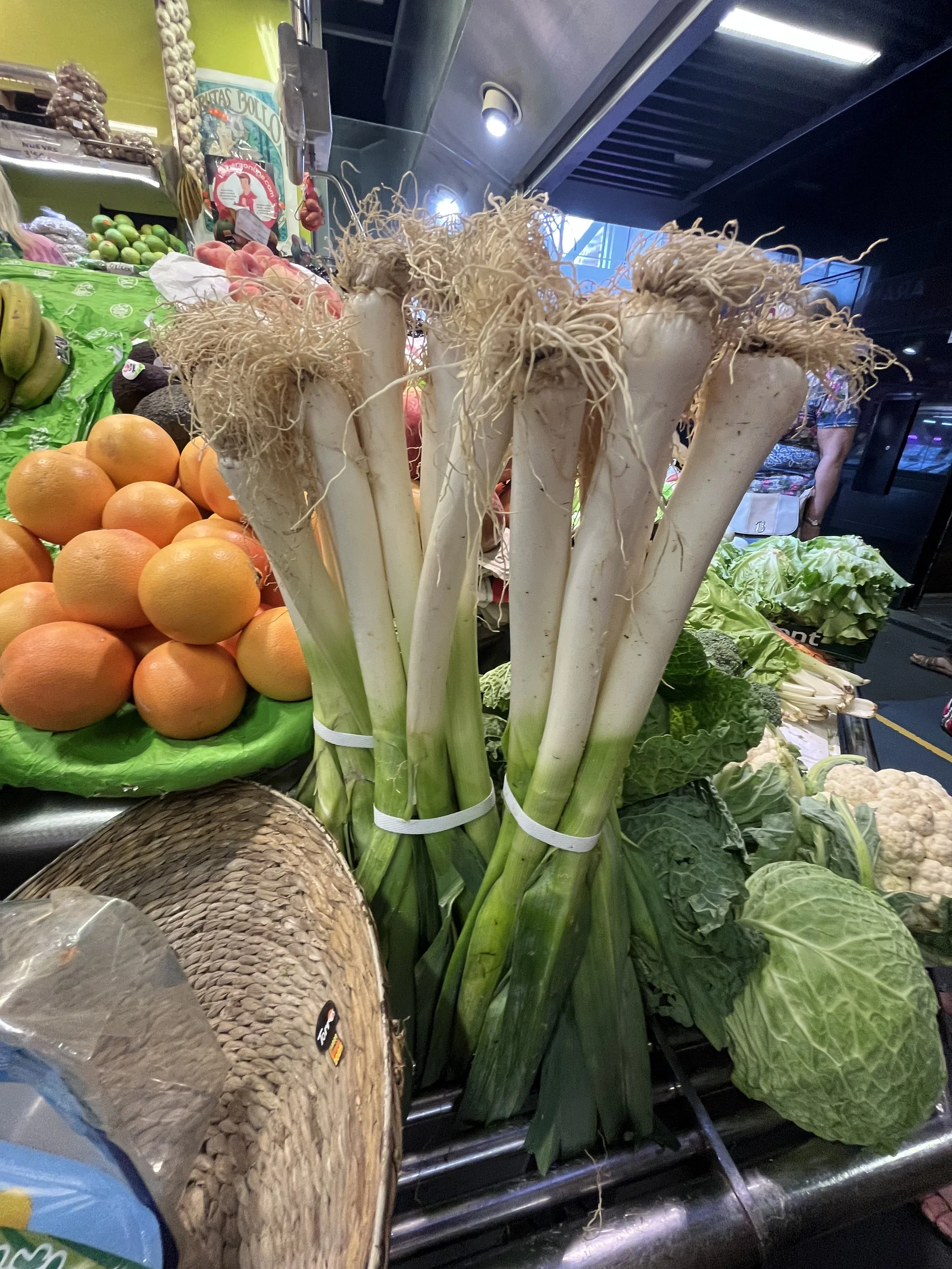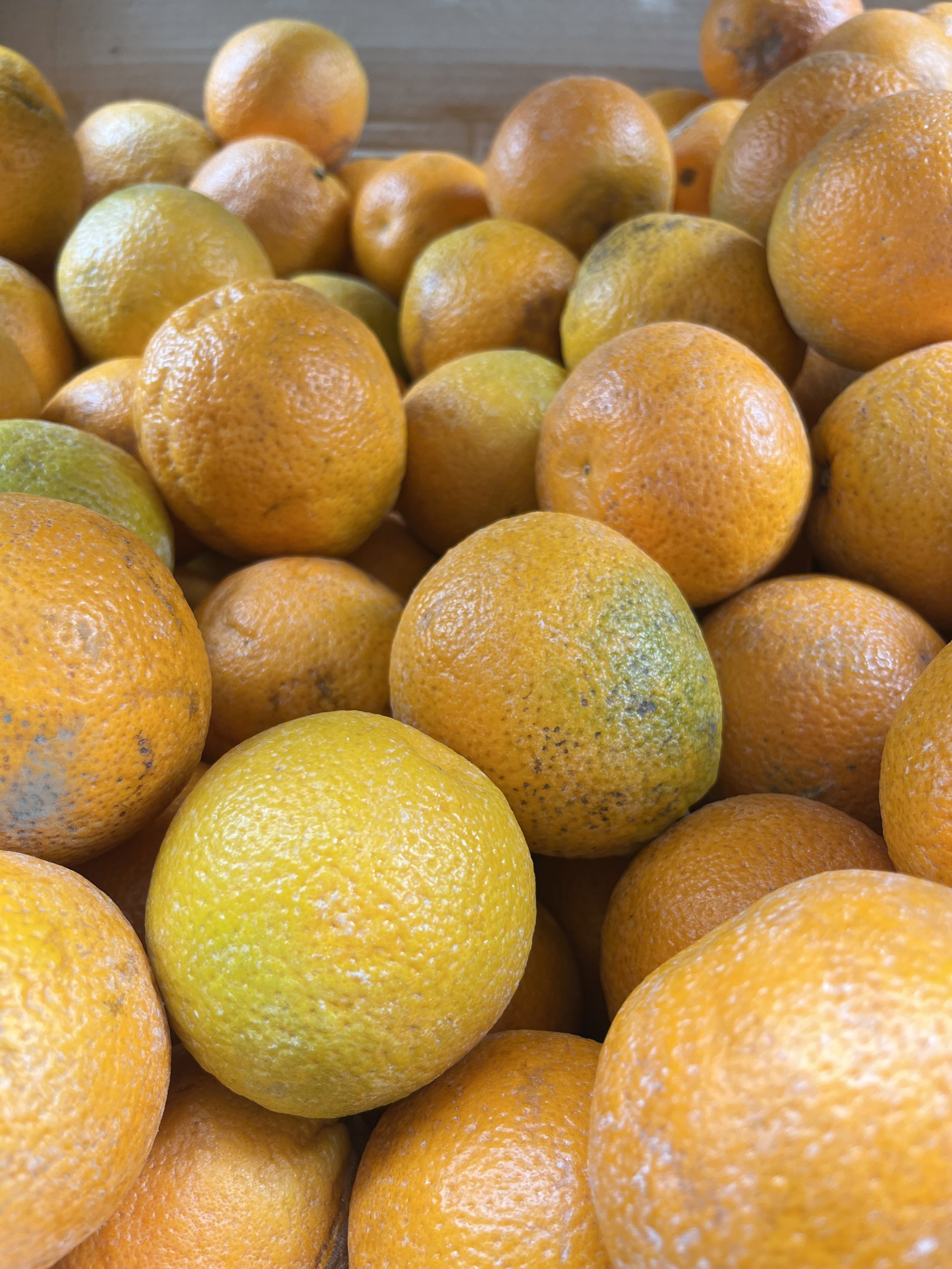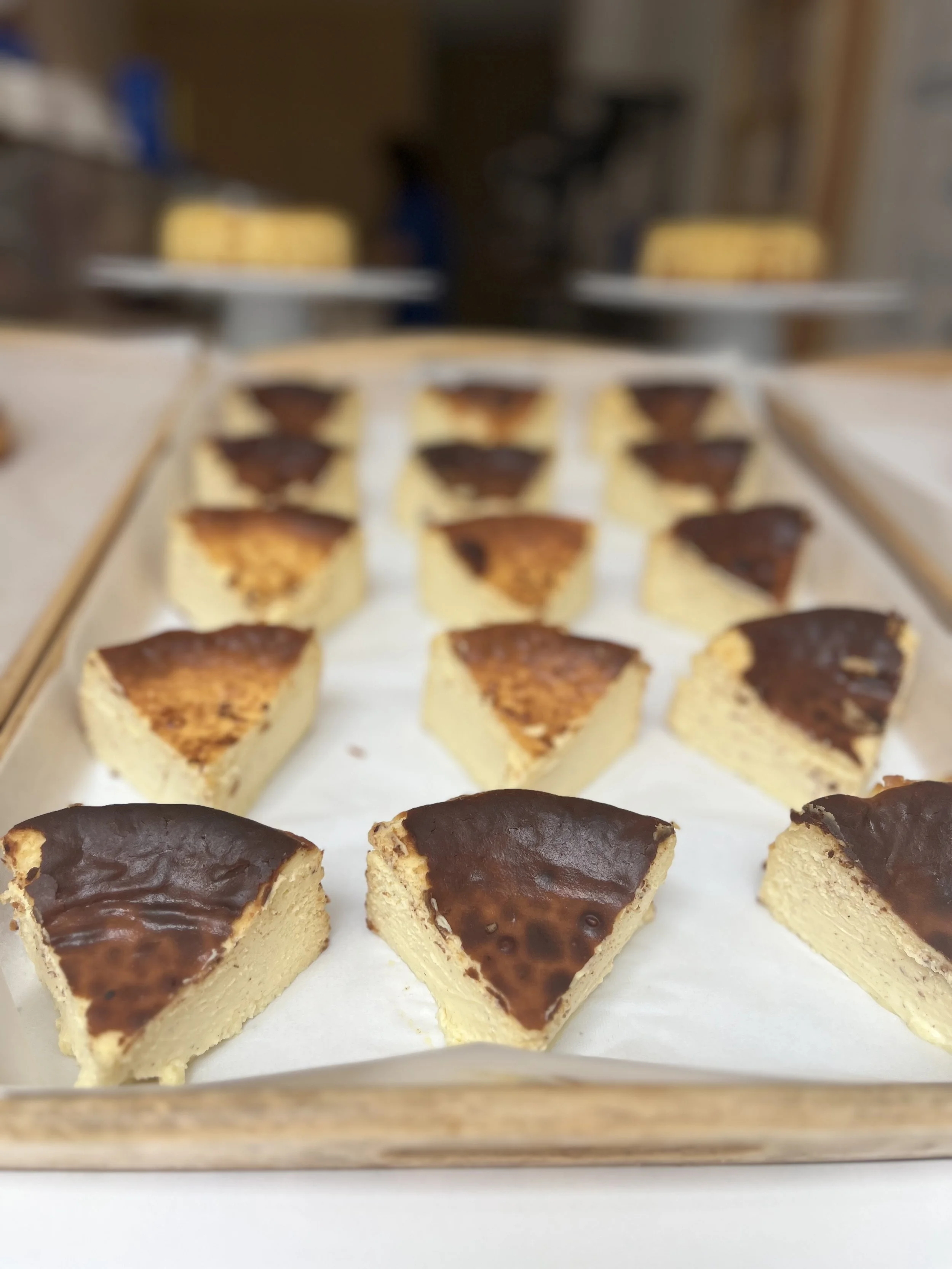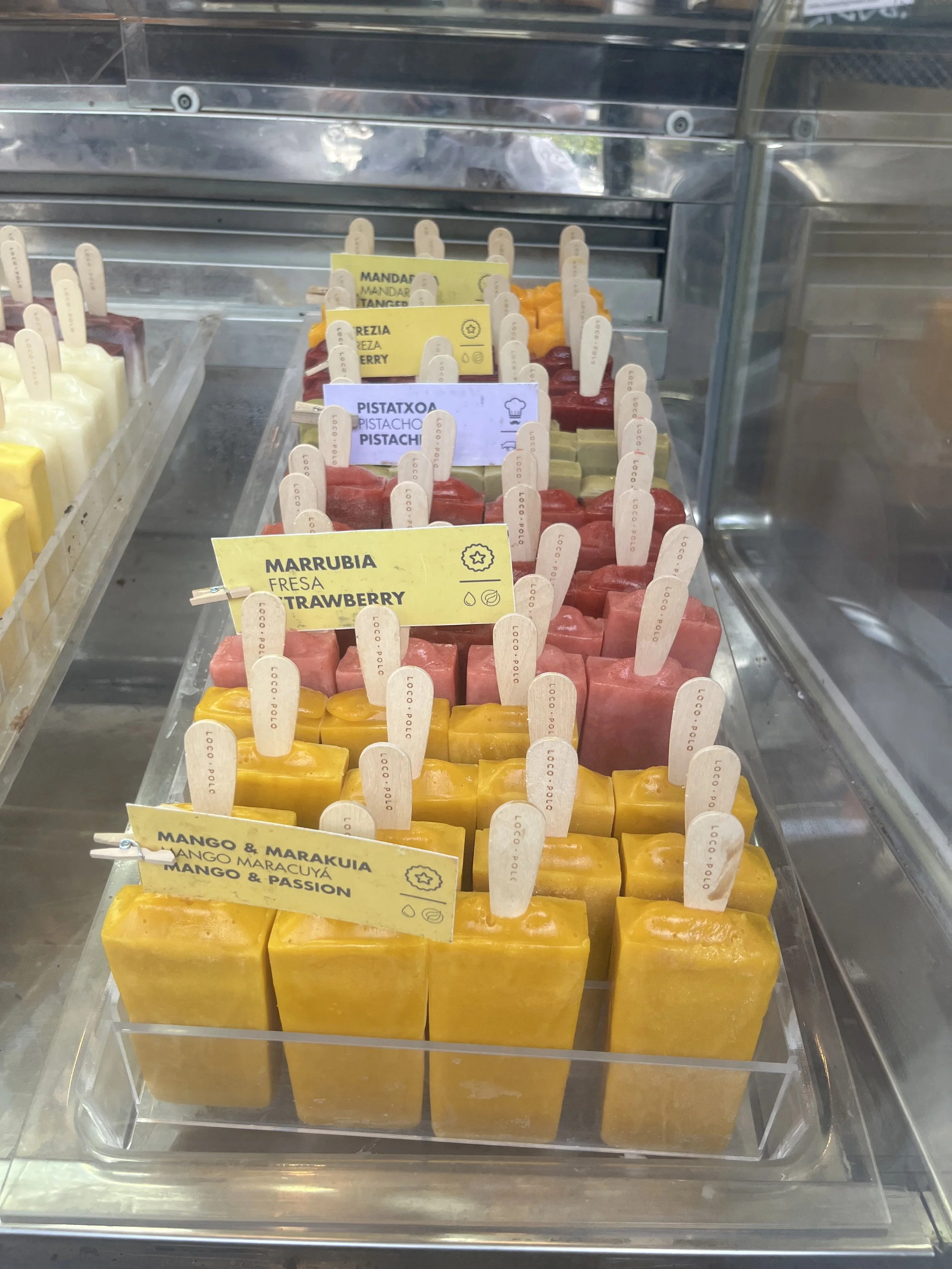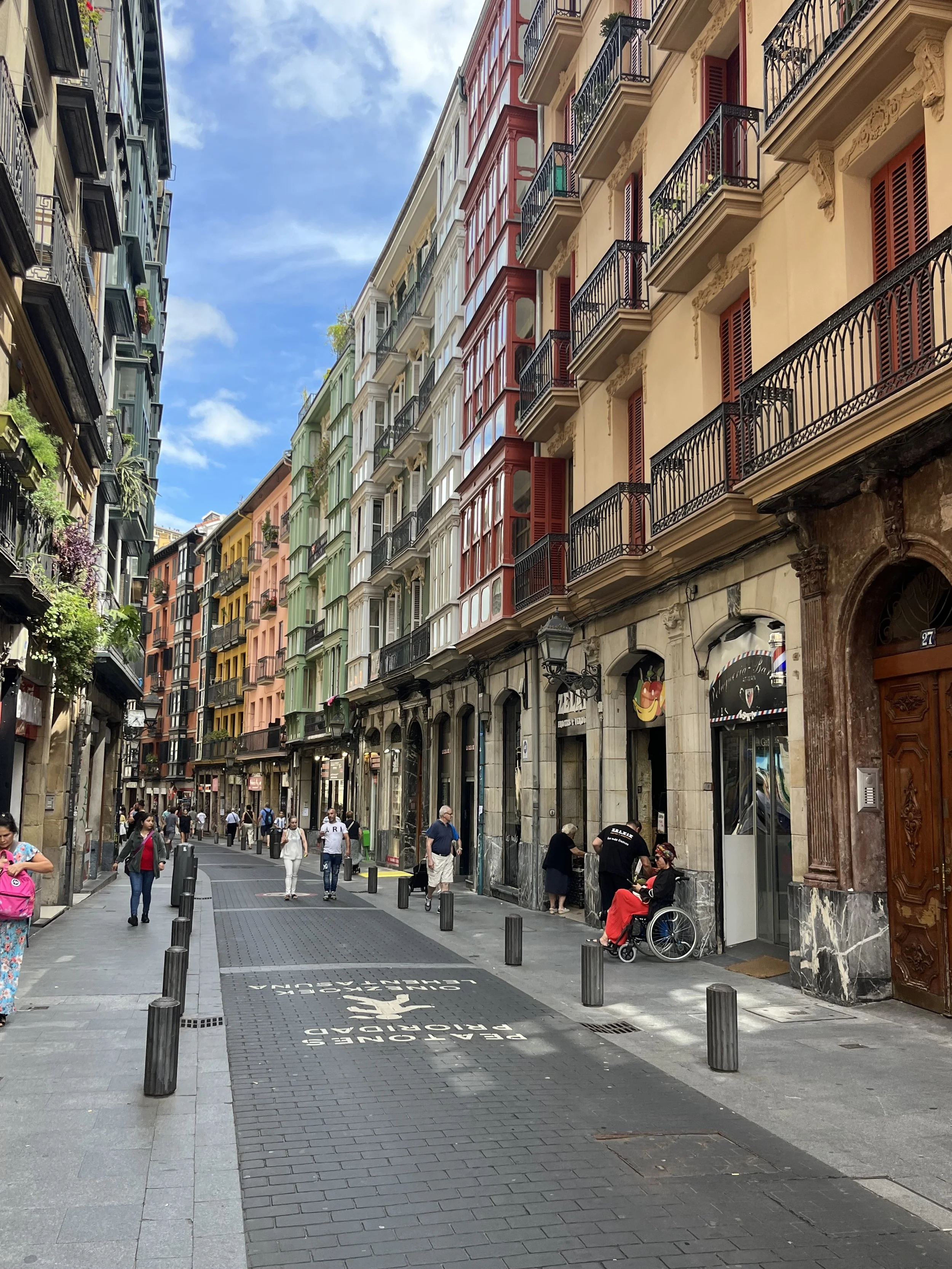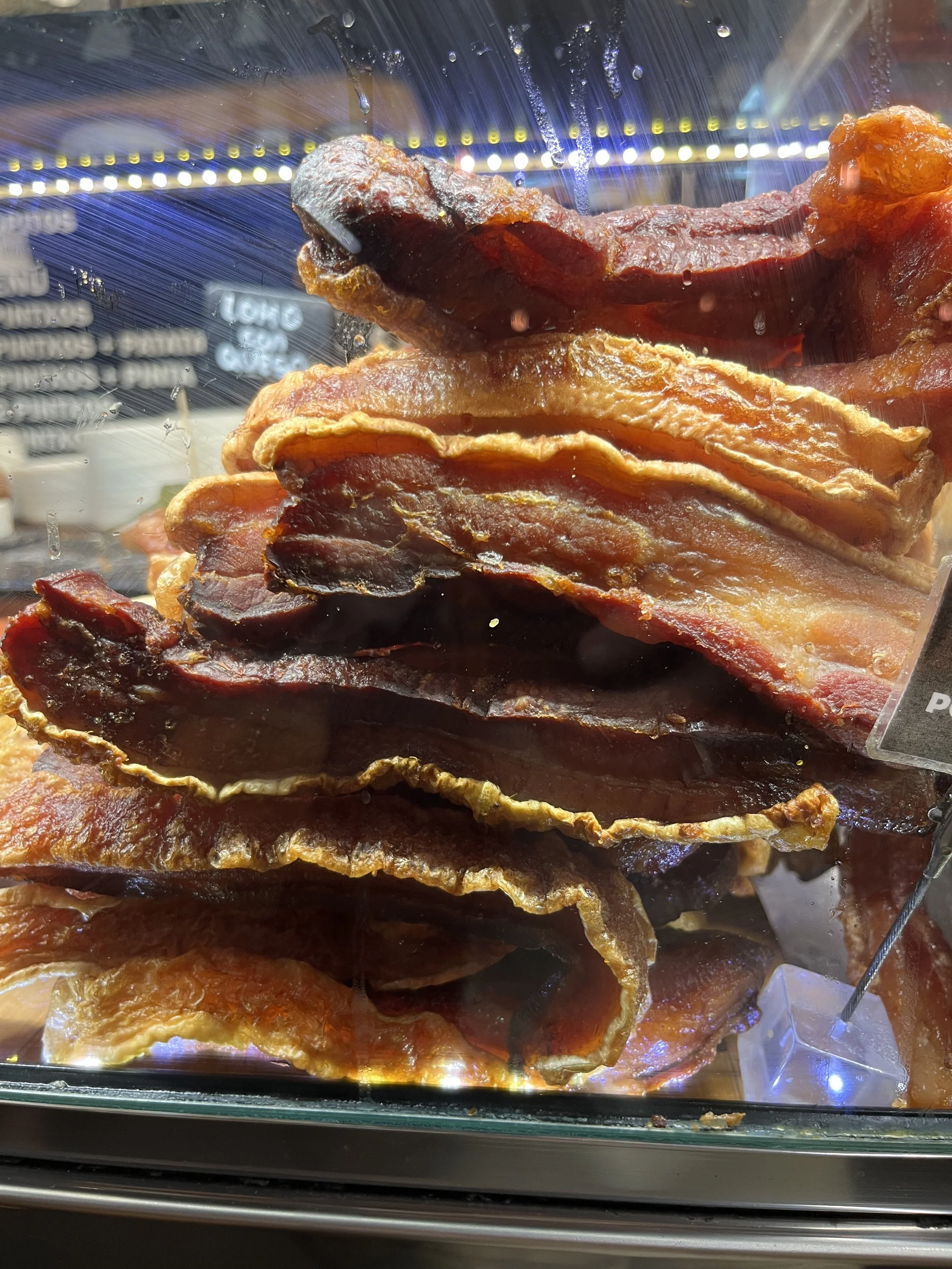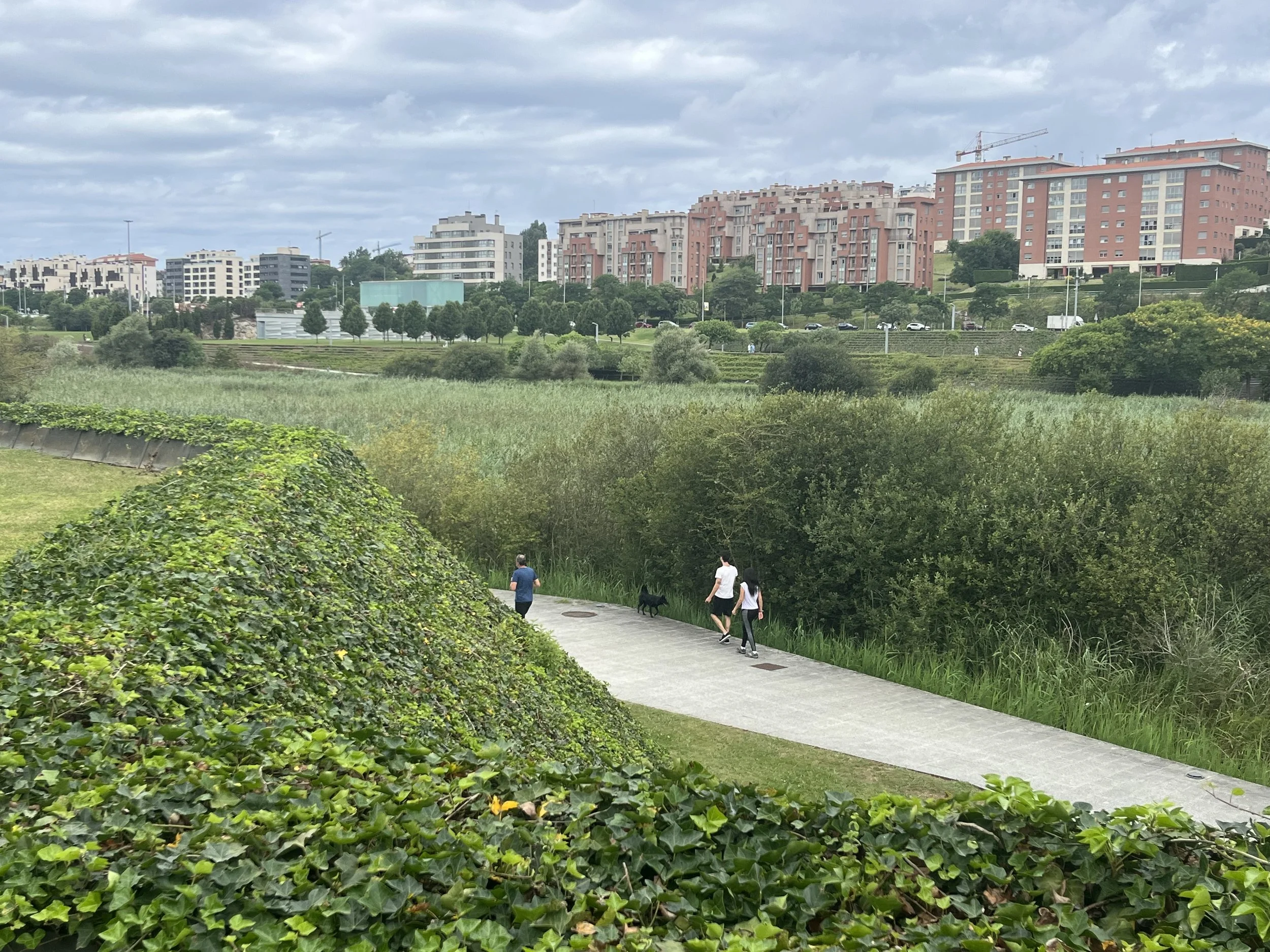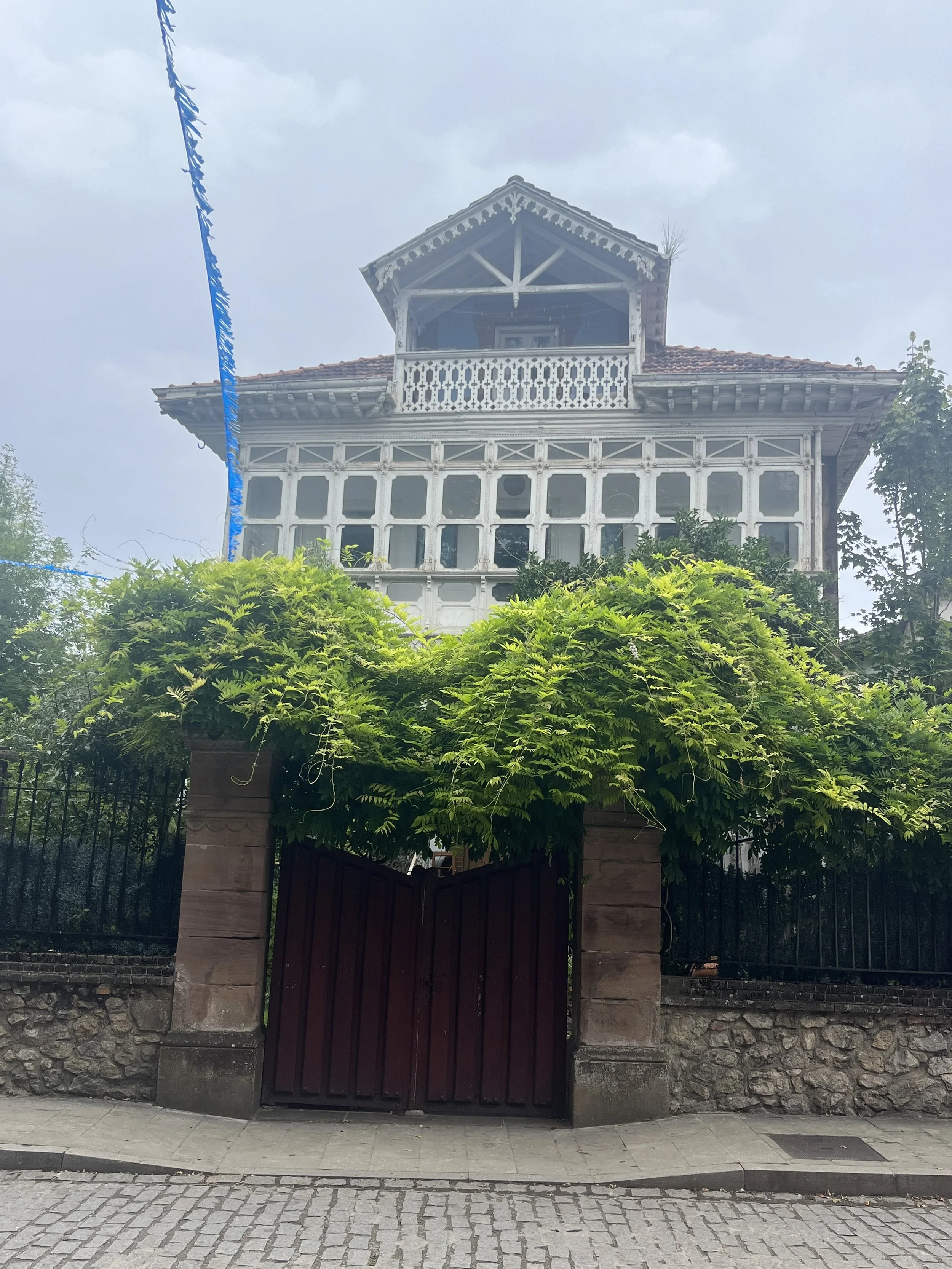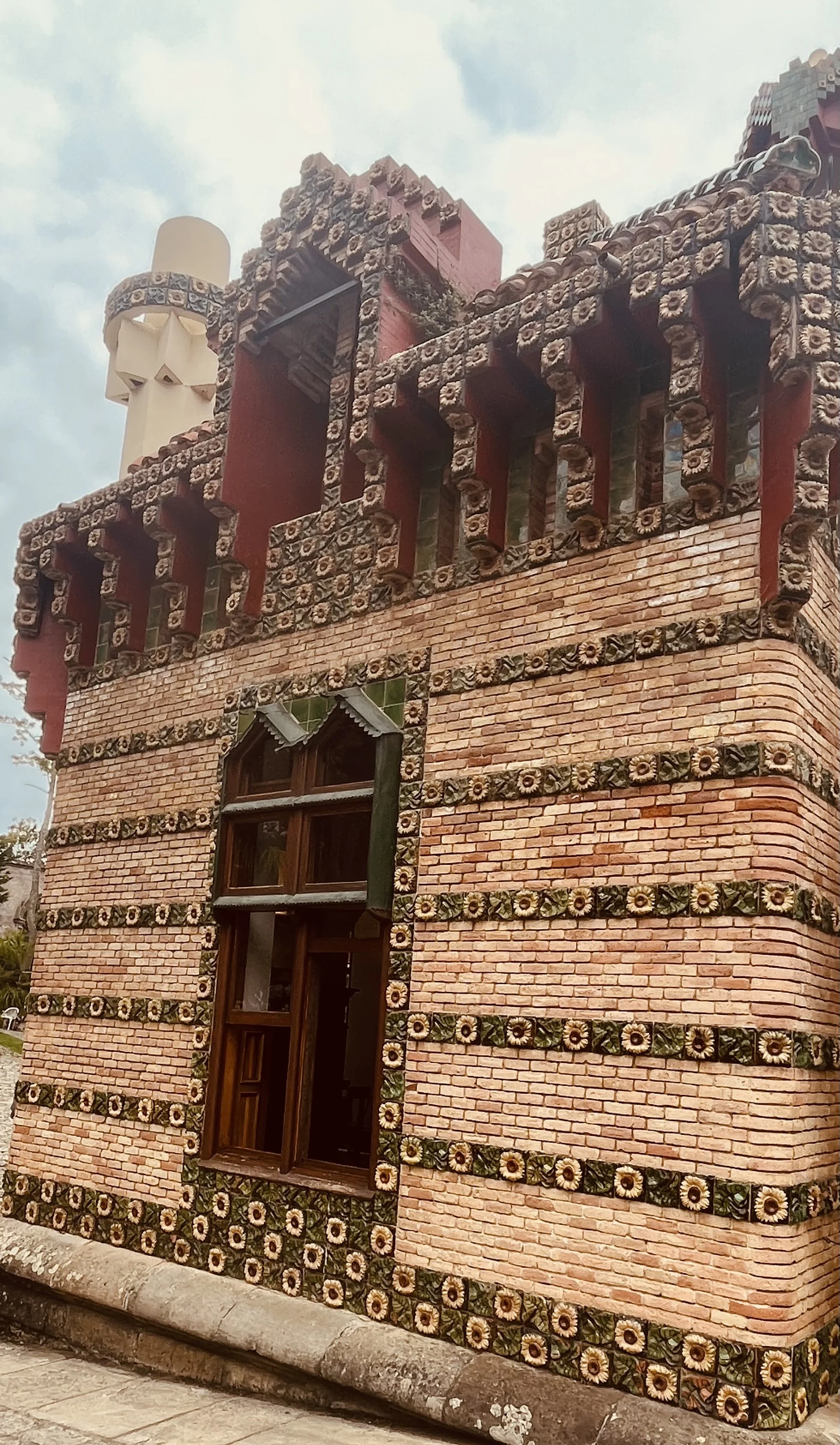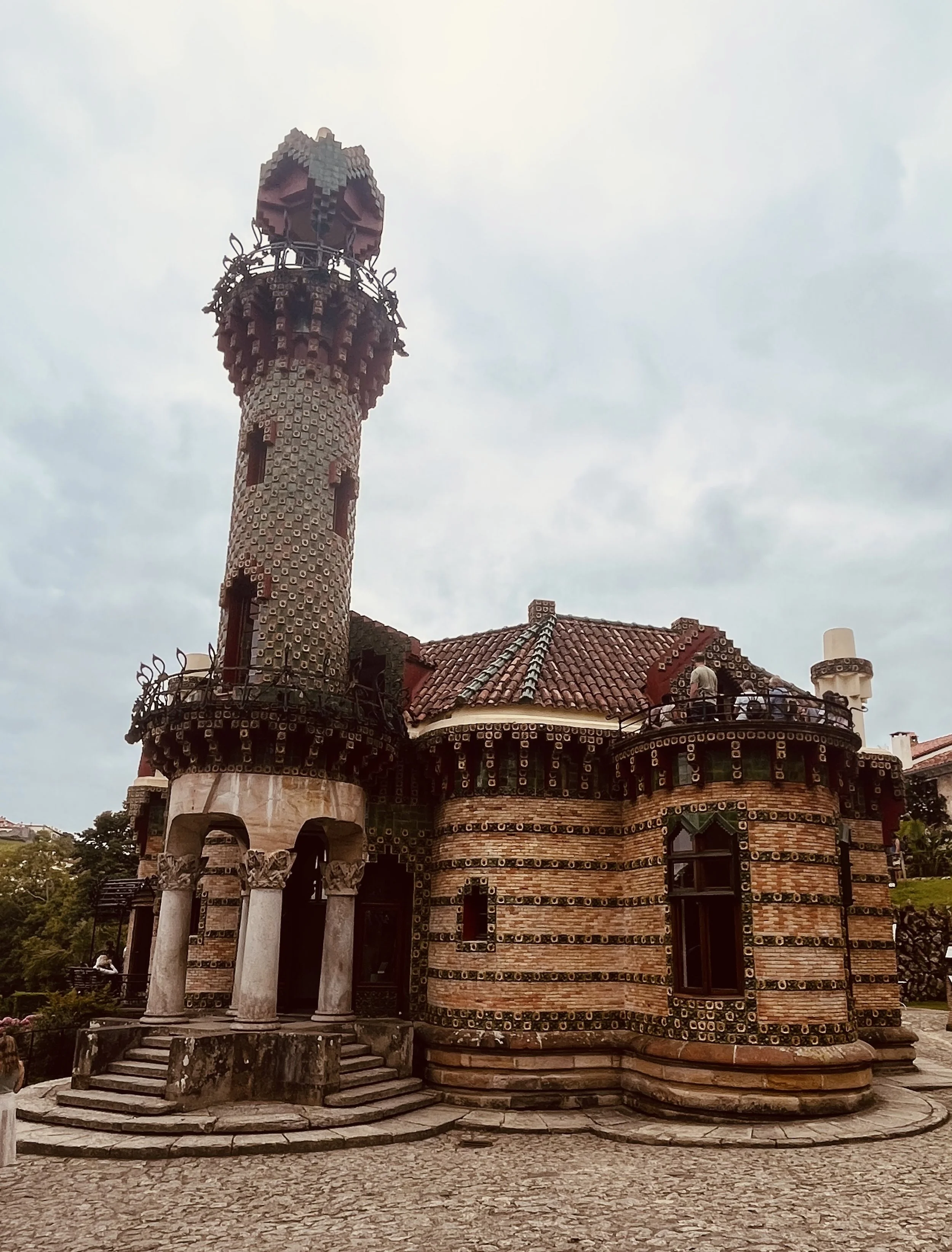Best Of Gardens, Architecture and Food
For Christmas, I gave Philip Monty Don’s book on Spanish gardens. Inspired, we checked out Northern Spain, and along with an article in Gardens Illustrated earlier this year, we were thrilled to be able to visit the Lur Garden after leaving Zarautz en route to Bilbao.
Turning off the main roads and winding through narrow country lanes and villages, we were astonished to find a full car park hidden deep in the countryside. A short walk brought us into what was clearly a lush, complex designed garden. As New Zealanders, we were warmly welcomed by one of the landscape gardeners who co-owns the practice. He kindly gave us an overview of the project.
Everything about the garden was unique. The rooftop of their office building was covered in plants and surrounded by an eclectic mix of succulents and botanical treasures in pots. The dominant design motif throughout was the shape of an egg — unlikely, yet cleverly executed. Familiar plants had been arranged into oval-shaped garden beds and rooms. The egg theme continued in a mirror pond bordered by a yellow-themed flower bed, a lawn dotted with egg-shaped mounds of long grasses and wildflowers, and in the layout of the spaces themselves. My favourite area was the “Moon Garden,” where enormous white hydrangeas filled two amazing areas, Hedges, dark stone walls, and a stream helped define and control the various garden areas. It was a magical visit that made us see space, form, and planting in a new way. We loved this creative and inventive garden, so unexpectedly tucked away among farmland and woodland. We could have stayed for hours, absorbing the endless inspiration.
Also featured in Monty Don’s programme was an unlikely sculpture — a giant dog covered in flowers, designed by Jeff Koons. It stands proudly at the entrance of the monolithic Guggenheim Museum in Bilbao. I had wisely booked Hotel MIro - virtually across the street, and we passed the floral West many times during our two-day stay.
Bilbao impressed us with its strikng architecture. Like in San Sebastian, we made use of the Hop-On Hop-Off bus — They do provide an informative and practical way to explore the city, especially since I’m currently dealing with knee and hip issues. The Guggenheim itself was a highlight. We spent hours there, blown away by Frank Gehry’s monumental design of titanium and glass, which sits dramatically beside the Nervión River. The building is more than an art galler and is a sculptural work of art. Its cathedral-like galleries can accommodate large -scale installations like Richard Serra’s massive steel curves.
We were captivated by two exhibitions — Helen Frankenthaler’s Painting Without Rules was an enthralling anthology of her lifes work and Barbara Kruger’s works, with their bold use of language and image, provoked questions about identity, desire, truth, and control.
Bilbao’s vibrant energy extended into its culinary scene. Pintxos bars were everywhere. Our evening meals at Bascook and the Guggenheim Bistro were excellent. A visit to the vast covered market was eye-opening. The fish stands were extraordinary, with whole tuna — evidently in season for only two months — selling for just €6.50/kg. Watching the fishmongers expertly cut down enormous tuna was fascinating. Locals queued patiently while their fish was scaled, filleted, and wrapped. The market also had two packed floors of meat, poultry, produce, and specialty items like chicken feet, pork cheeks, offal, and bizarre-looking Galician barnacles — a seafood delicacy priced at €42/kg.
As we wandered through the old town’s narrow streets, we came across shops selling traditional Basque cheesecake, salted bacalao, and some irresistible fruit yoghurt popsicles.
From Bilbao, we had a three-hour drive to San Esteban, with a planned stop in Santander and Comillas. Santander was specifically to see Parque de las Llamas, a wetland project planted on wasteland. However, we underestimated how crowded Cimillas would be on a Sunday — parking was nearly impossible. A charming seaside town on the Atlantic, Comillas is known for its remarkable architecture and the colourful, eccentric house designed by Antoni Gaudí. Although we didn’t visit the palace, the Spanish royal family once holidayed there in opulent style.
A simple cheese and ham empanada, still warm in its paper bag, was lunch before we returned to the road. Spanish highways are great — massive viaducts, tunnels, and well-maintained multi-lane roads made our drive smooth and enjoyable.



